UNESCO World Heritage Sites in India
United Nations Educational, Scientific and Cultural Organization(UNESCO) is a specialized agency of United Nations that promotes international cooperation in education, science, culture and communication. One of it’s goals is preserving cultural and natural heritage and hence it seeks to identify, protect and preserve cultural and natural heritage around the world that is considered to be of outstanding value to humanity. There are 44 properties inscribed in the UNESCO World Heritage Sites list from India as of July 2025 and below is the list of the same in the order of year of Inscription. UNESCO World Heritage Sites in India:
1. Agra Fort, Uttar Pradesh (1983) : Located in Uttar Pradesh state, this is the first monument to be inscribed from India and is the fort where all the early Mughal emperors lived. It got its present look rebuilt with Red Sandstone during the reign of Akbar. One can have a good view of Taj Mahal from here.
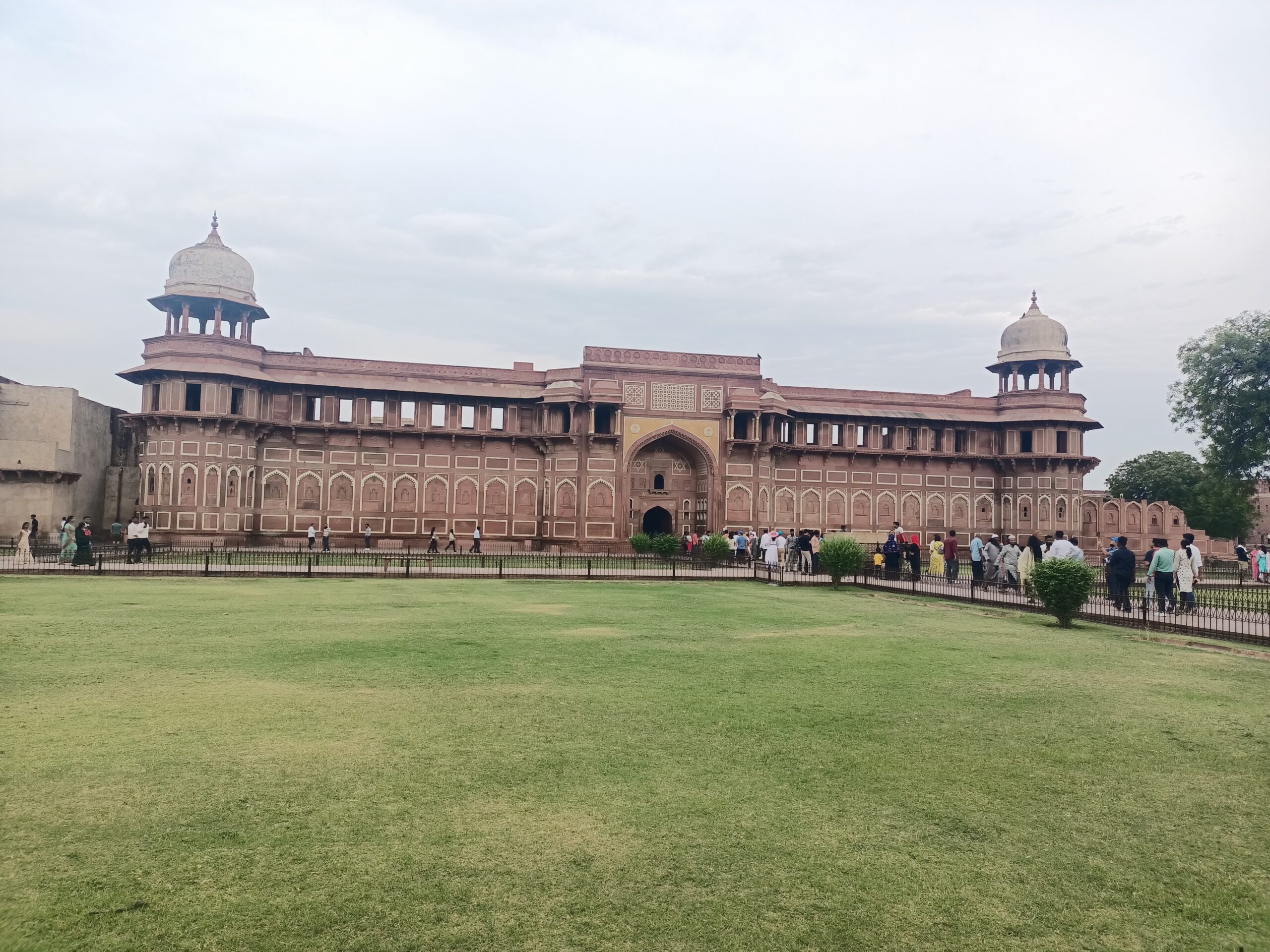
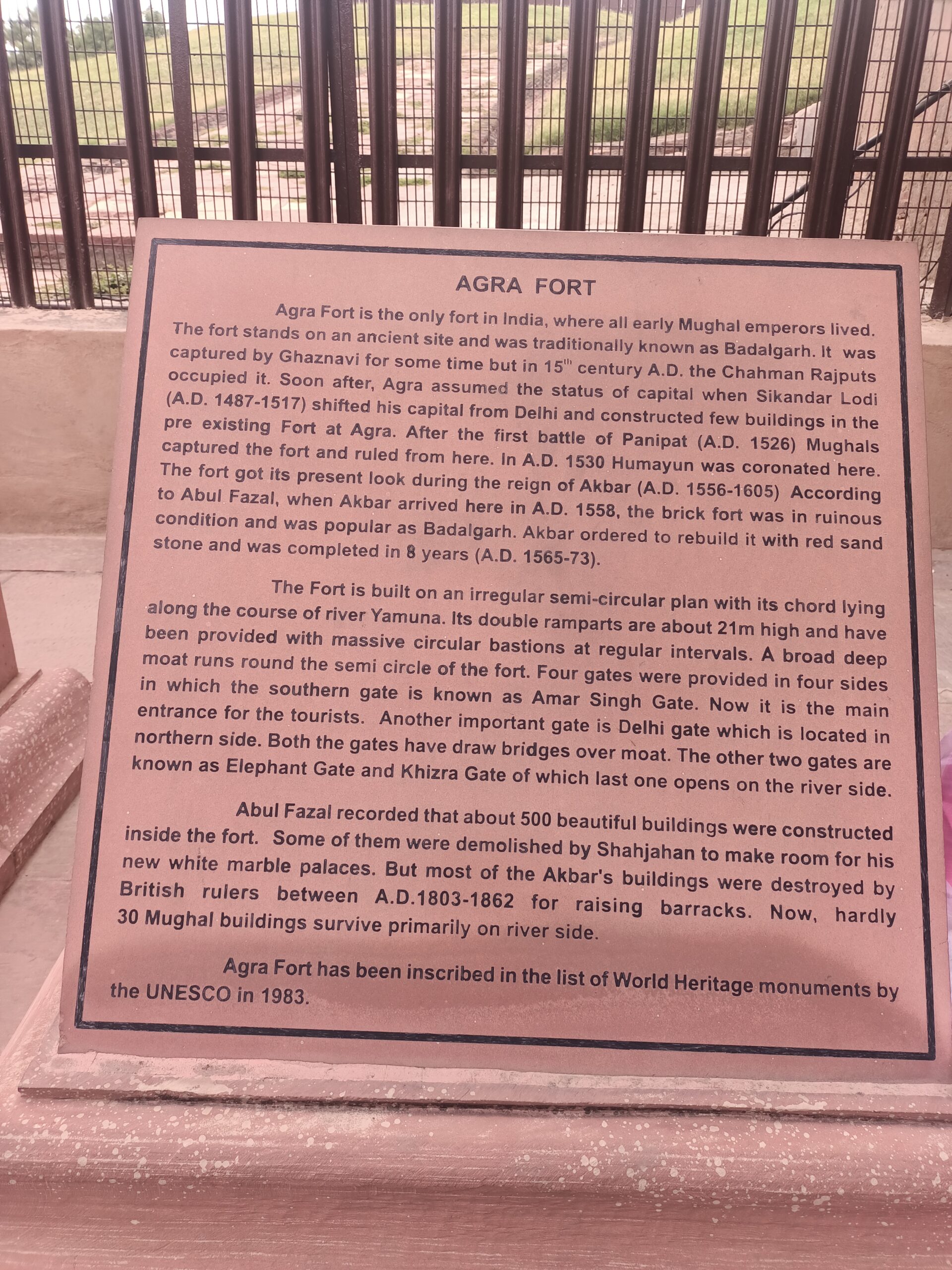
2. Ajanta Caves, Maharashtra (1983) : Located in Maharashtra state there are around 30 caves in a semi circle shape hill along the Waghara river, one after the other. The Ajanta caves are believed to be much older than Ellora caves built in two phases in 2nd century BCE and in 5th century CE. There are both Buddhist and Hindu caves with lots of beautiful paintings and sculptures. Most of the caves are monasteries.
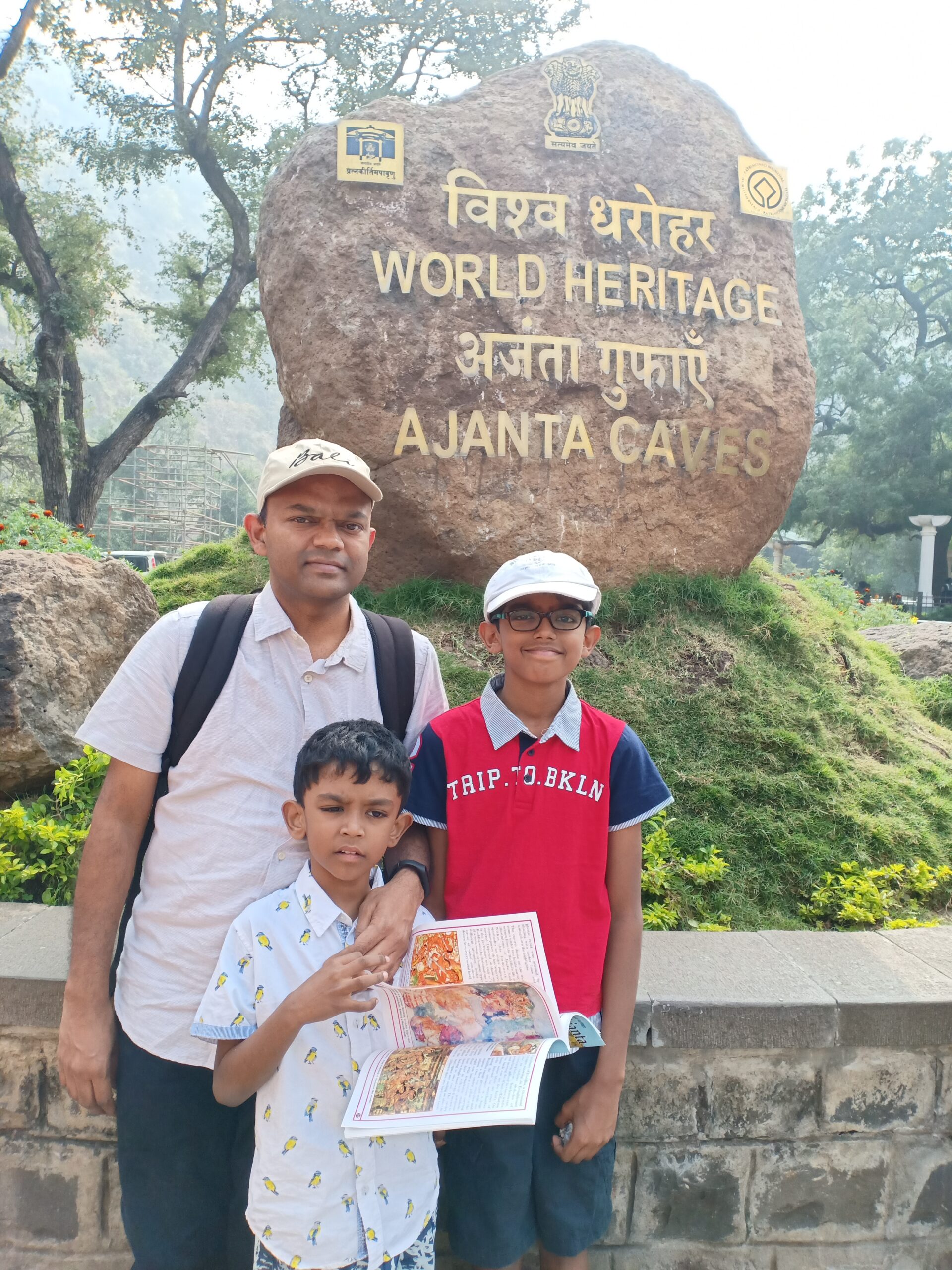
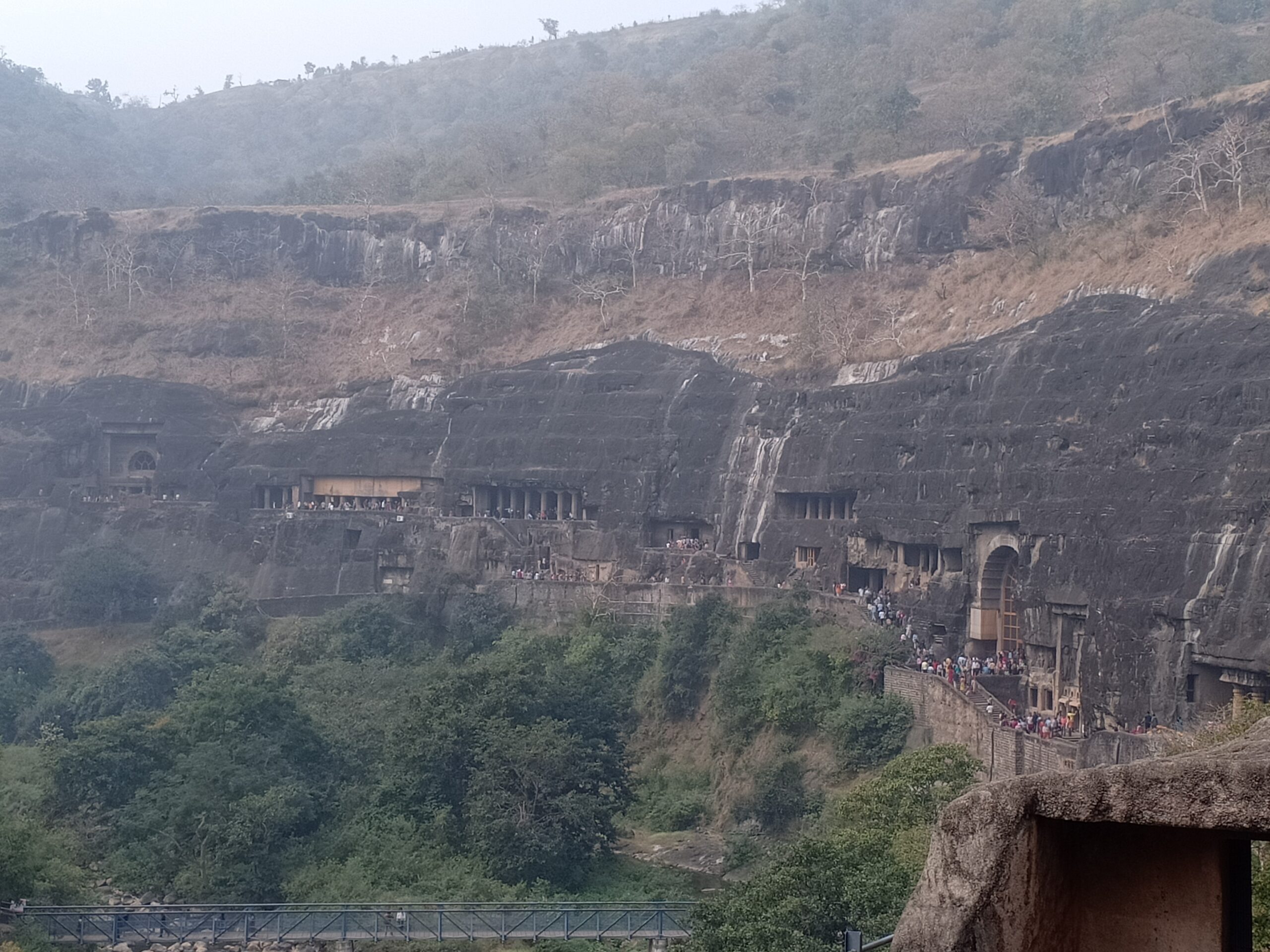
3. Ellora Caves, Maharashtra (1983): Located near Aurangabad town of Maharashtra state, there are a total of 34 caves and monasteries. Cave 16 is the main cave which has the huge Kailasha temple cut in monolithic rock from top to bottom with intricate carvings. This was built in 8th century CE by the Rashtrakutas. Out of the 34 caves which were built across 5 centuries from 6th to 10th CE, 1-12 are Buddhist caves, 13-29 Hindu and 30-34 Jain caves..
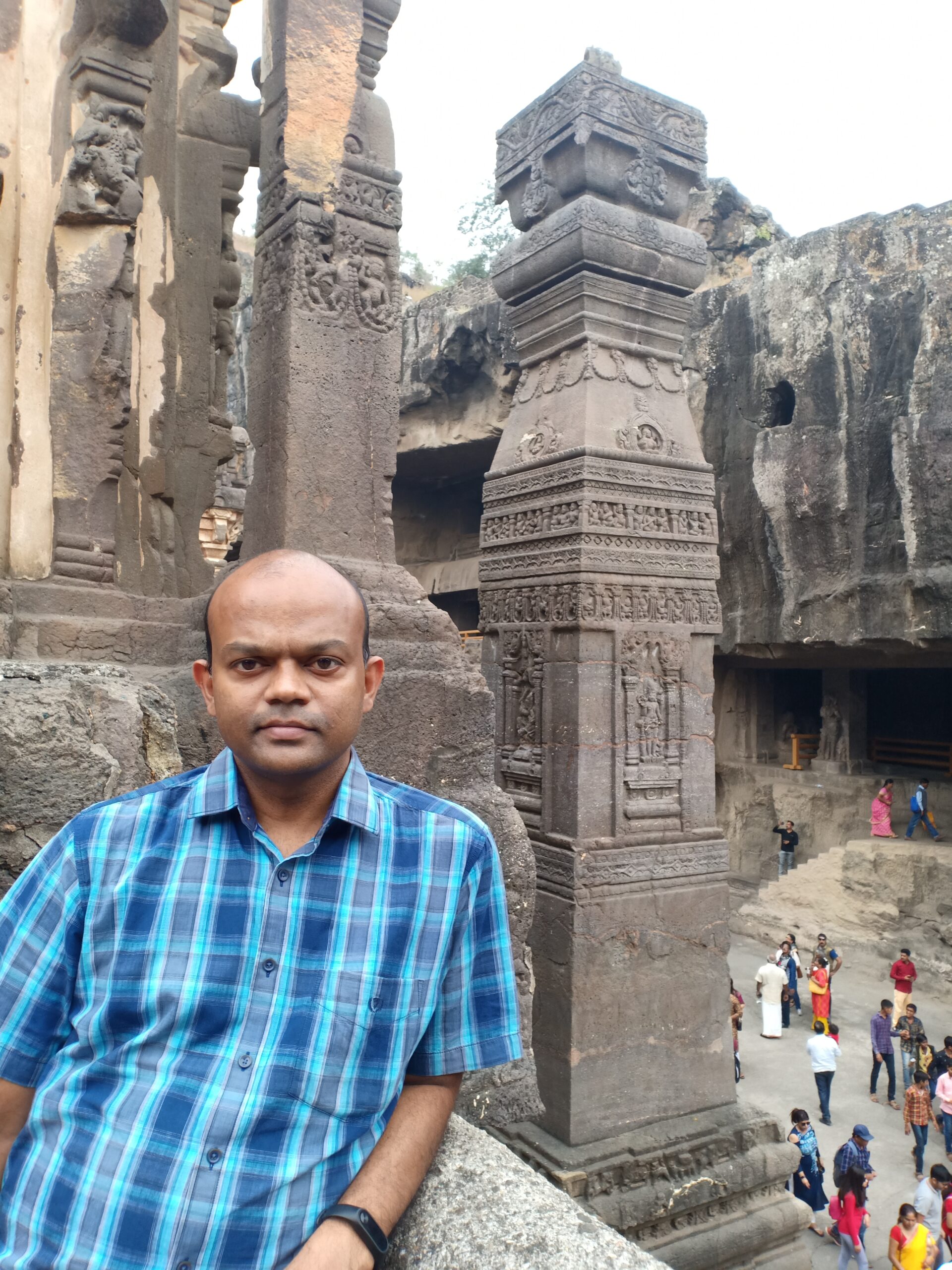
4. Taj Mahal, Uttar Pradesh (1983): Located in Agra of Uttar Pradesh state, Taj Mahal is also one of the 7 Wonders of the World. It was built by Shah Jahan between 1632 and 1648 CE in memory of his wife Mumtaz Mahal in White marble on the banks of river Yamuna. Thousands of tourists from all over the World visit Taj Mahal every day.
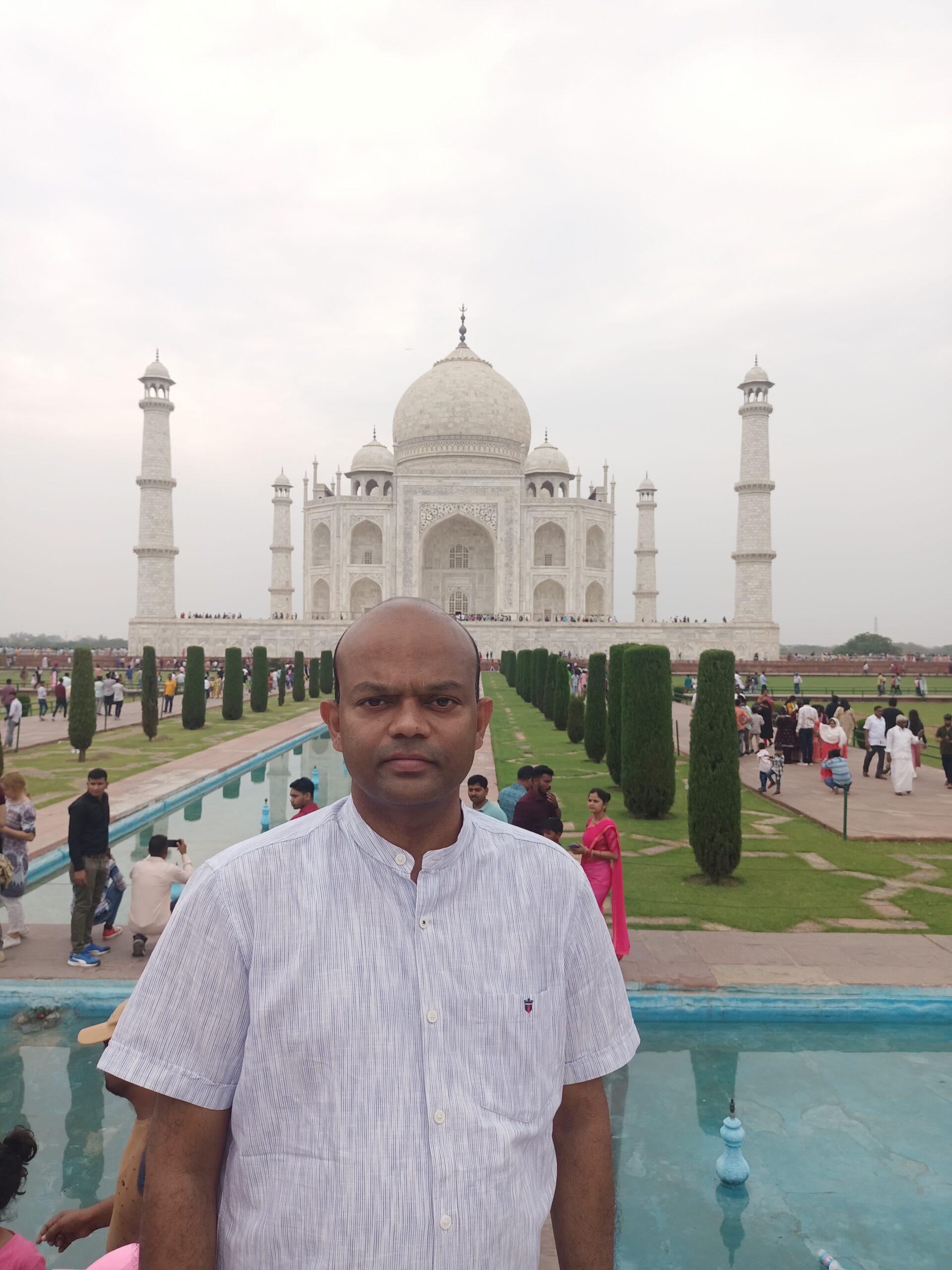
5. Group of Monuments at Mahabalipuram, Tamil Nadu (1984) : Located very close to Chennai in Tamil Nadu state, group of monuments at Mahabalipuram or Mamallapuram were built by Pallava kings in the 7th and 8th centuries CE on the coast of Bay of Bengal. The majestic shore temple is part of this group of monuments.
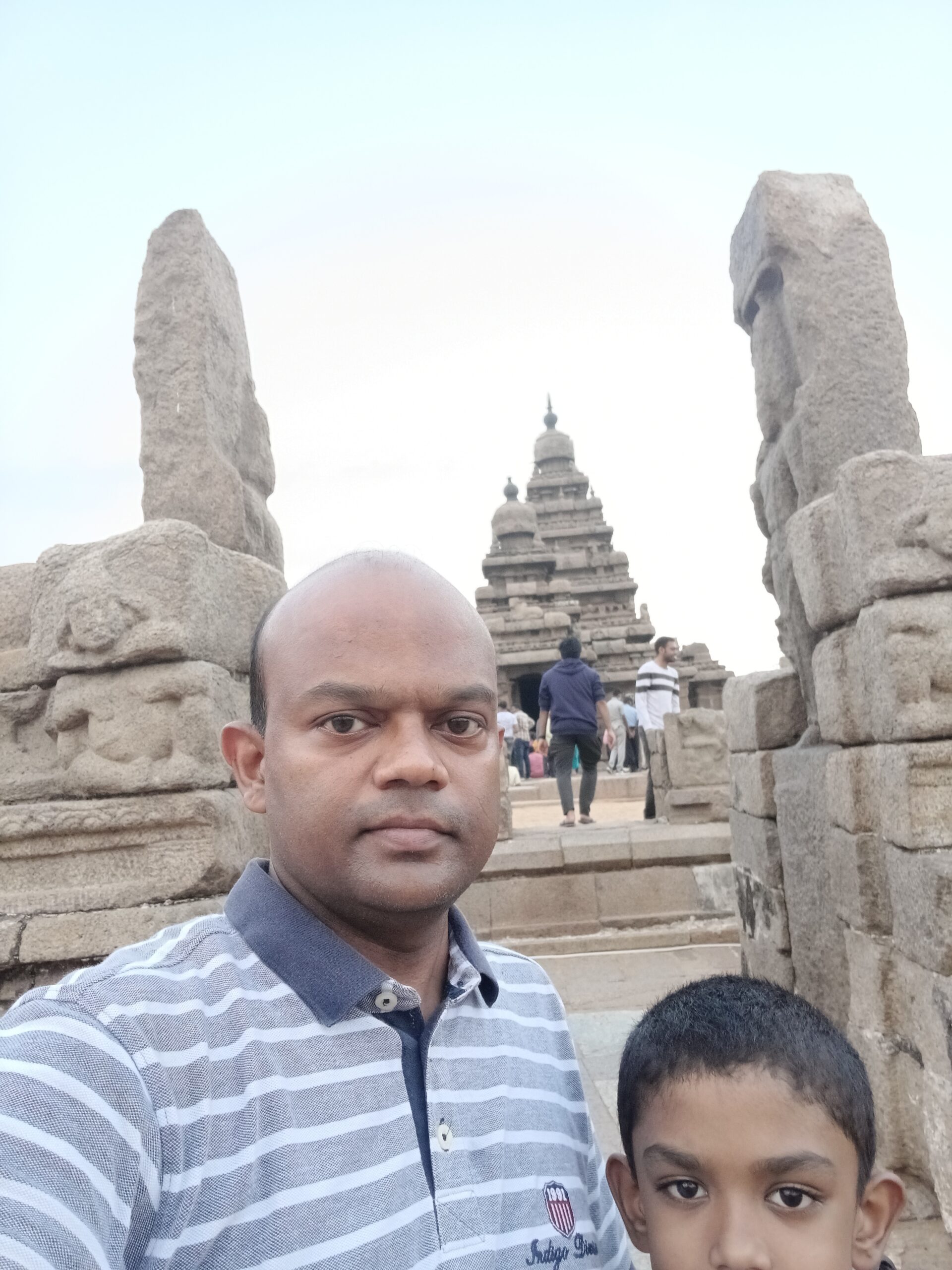
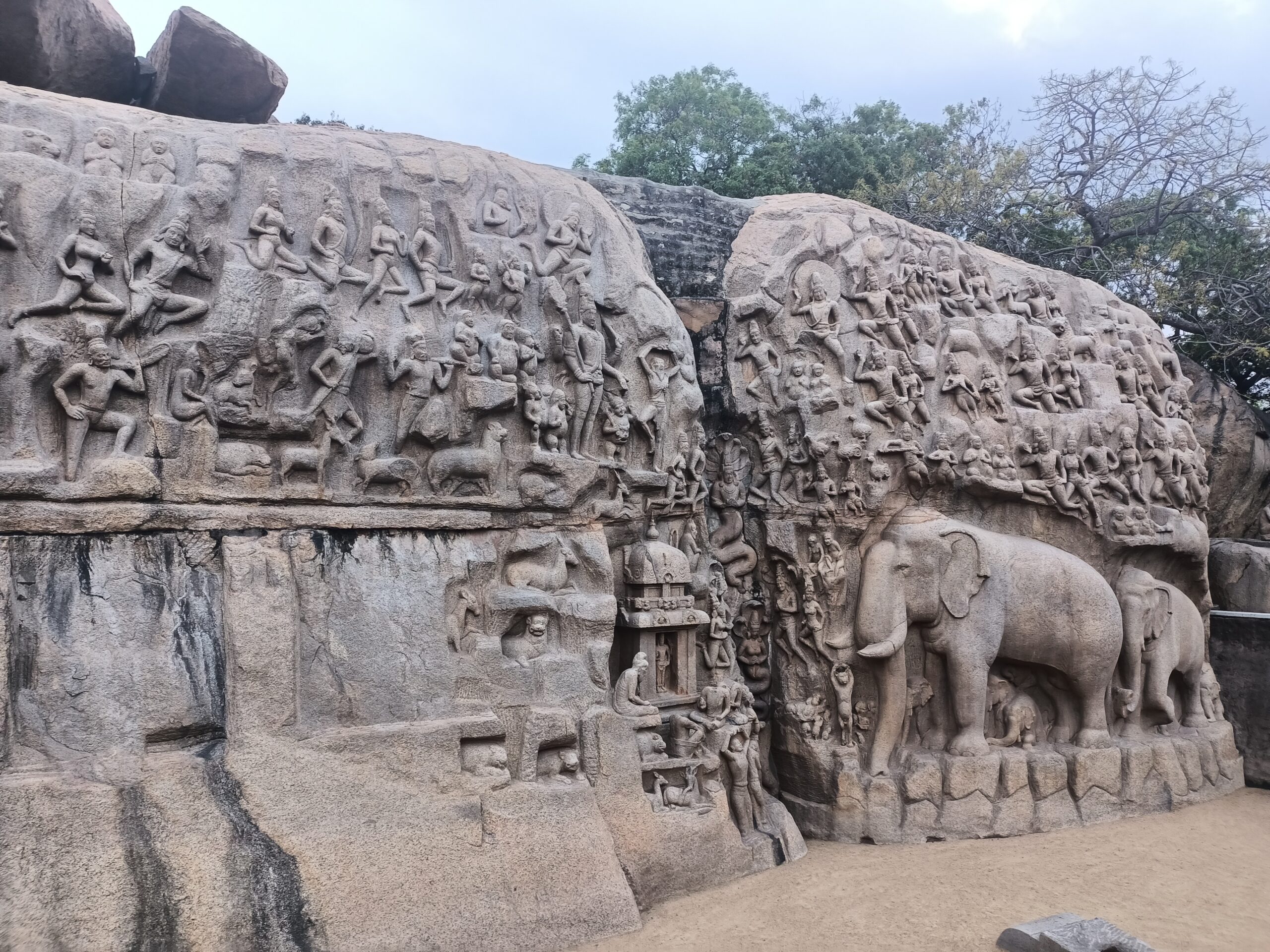
6. Sun Temple, Konark, Odisha (1984): Located near Bhubaneswar in Odisha state, Sun Temple in Konark is dedicated to Sun God, Surya on the shores of Bay of Bengal. It was built it the 13th century CE by the Kalingas and is testimony to the Kalingan architecture.
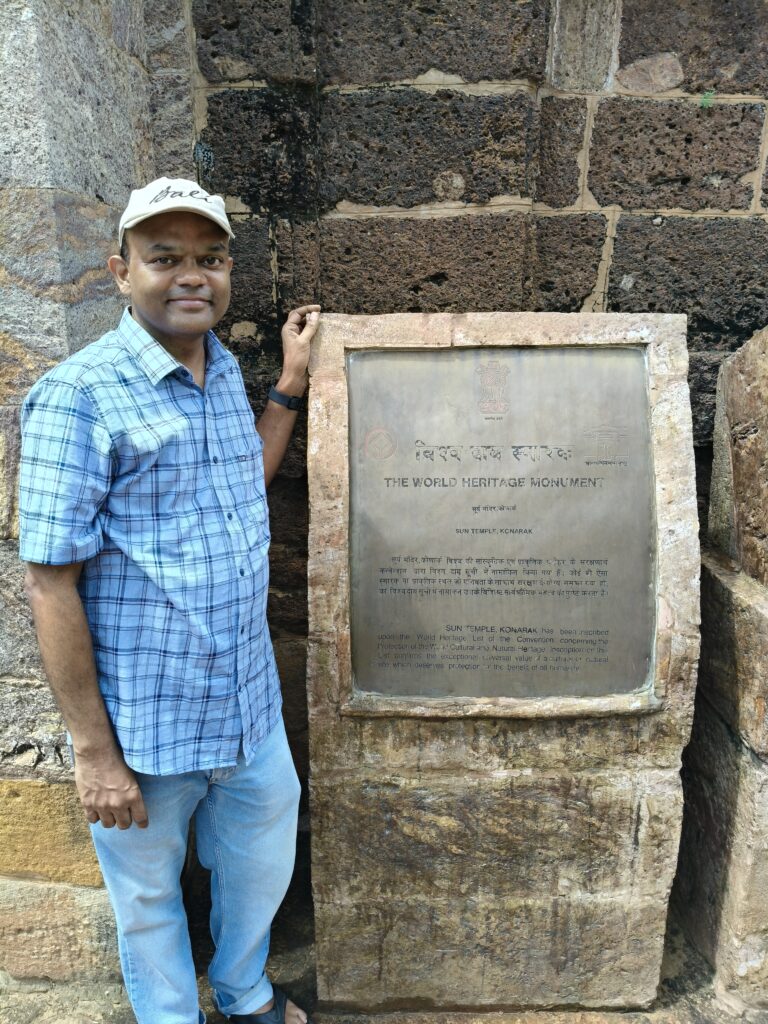
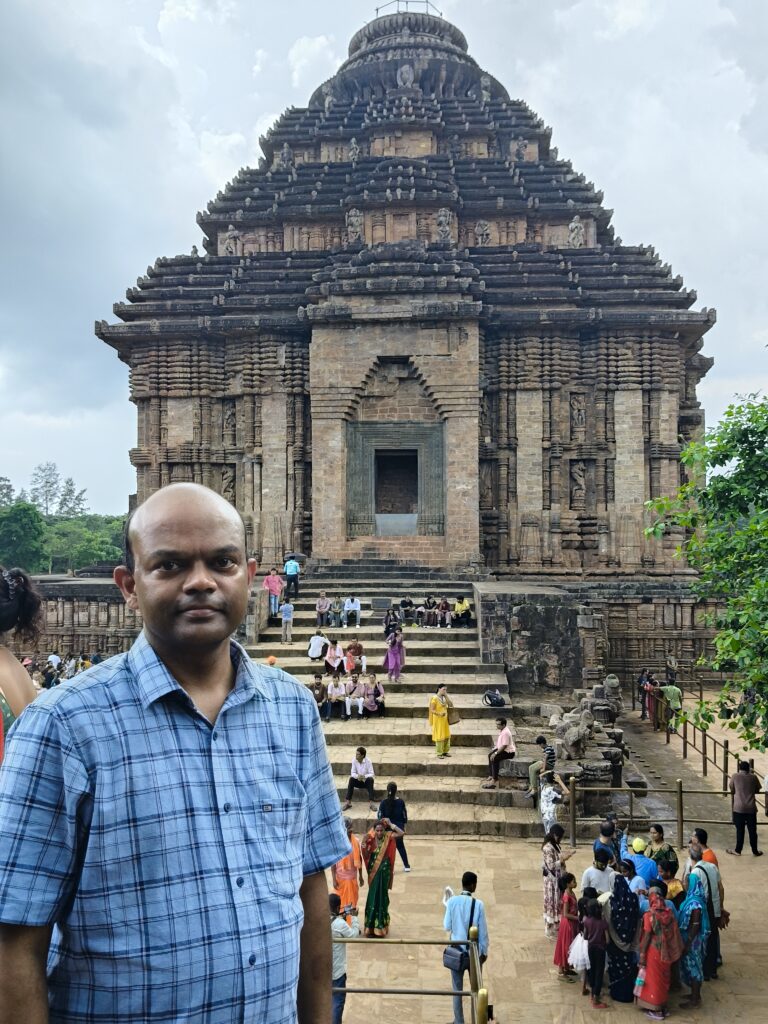
7. Kaziranga National Park, Assam (1985): Located in the Brahmaputra valley of Northeastern state of Assam, it is home to the world’s largest population of one-horned rhinoceroses and other animals. Kaziranga is regarded as one of the finest wildlife sanctuaries in the world.
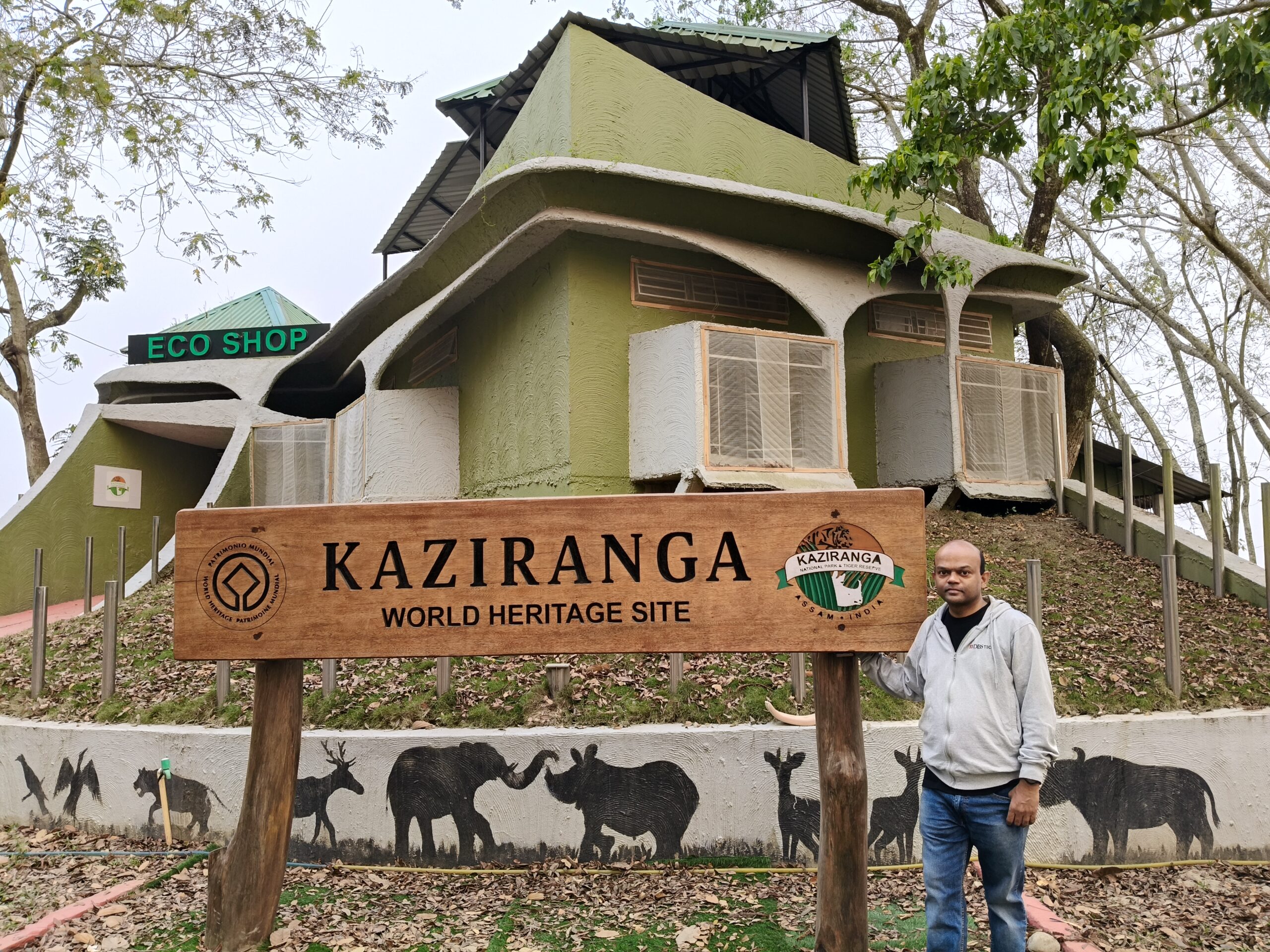
8. Keoladeo National Park, Rajasthan (1985): Located in Bharatpur town of Rajasthan state and formerly known as the Bharatpur Bird Sanctuary, it is recognised as one of the world’s most important breeding and feeding grounds for birds. It was originally a royal hunting reserve during the late 1900s and is wintering area for birds from Afghanistan, Turkmenistan and Siberia including the endangered Siberian cranes.
9. Manas Wildlife Sanctuary, Assam (1985): Located in the Northeastern state of Assam, it is on the banks of the Manas river and has Bhutan forests to the north. It is home to species like tiger, one-horned rhino, Bengal florican, etc.
10. Churches and Convents of Goa, Goa (1986): Located in the state of Goa, a former Portugese colony, there are 7 monuments including the Basilica of Bom Jesus which contains the tomb of St Francis-Xavier and were built between 16th and 18th centuries CE.
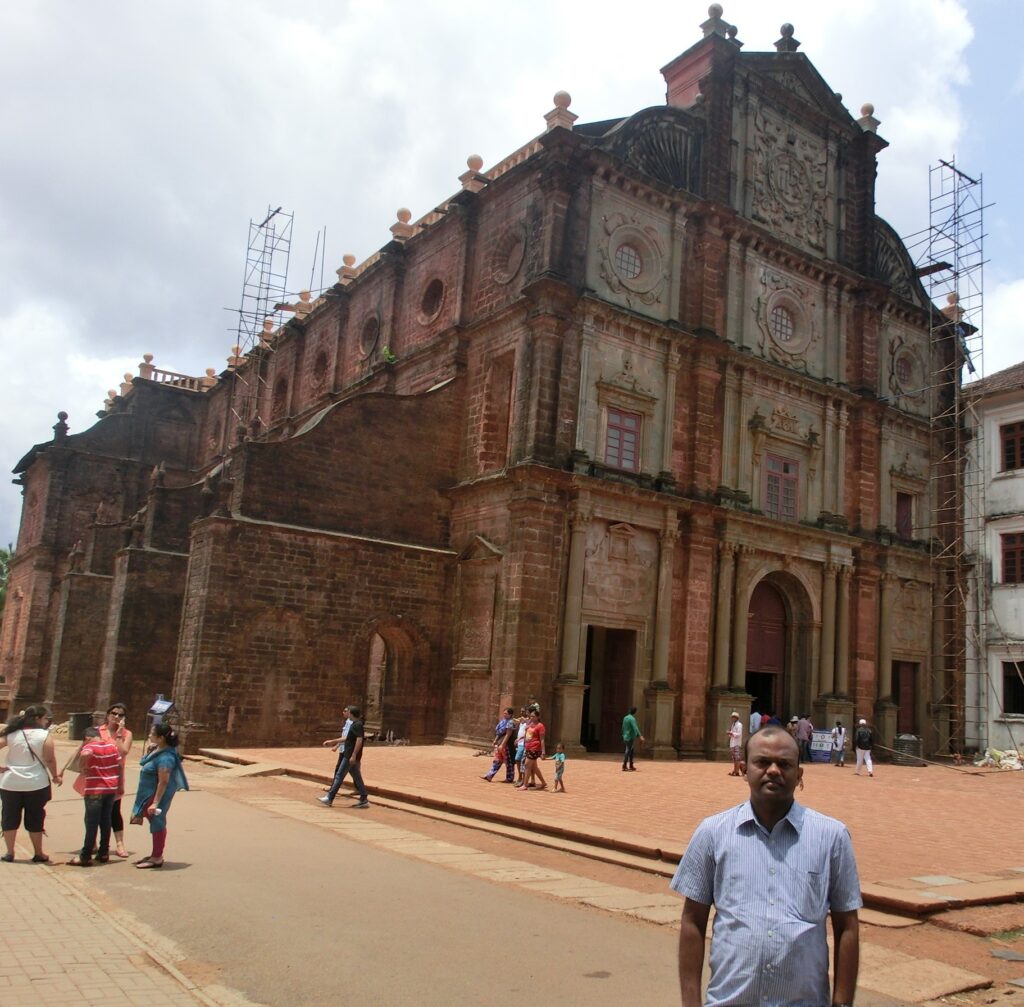
11. Khajuraho Group of Monuments, Madhya Pradesh (1986): Located in Khajuraho of Madhya Pradesh state, the group of monuments is divided into Eastern(spread across) and Western(within the same compound) group of temples. They are famous for their architecture.
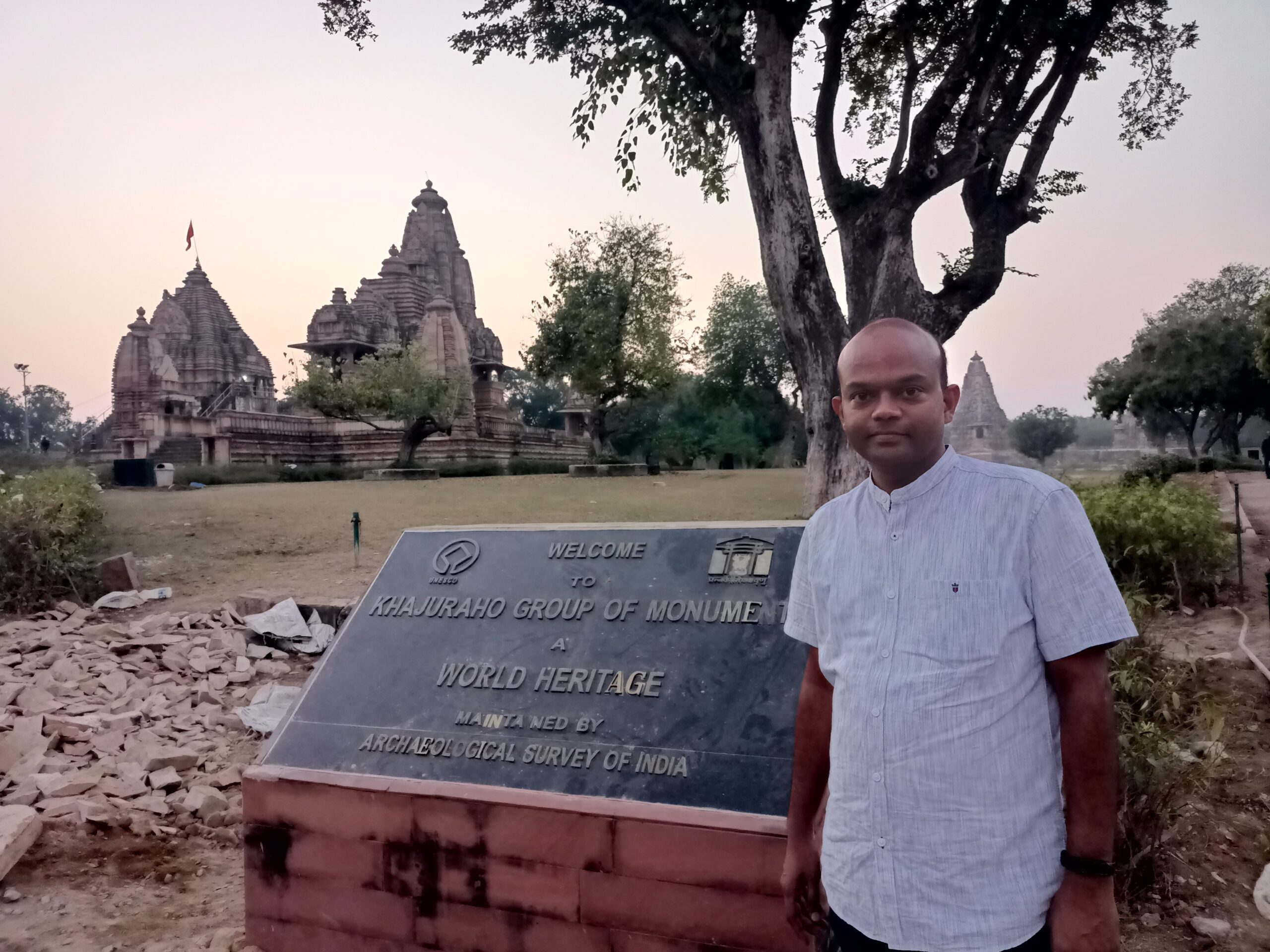
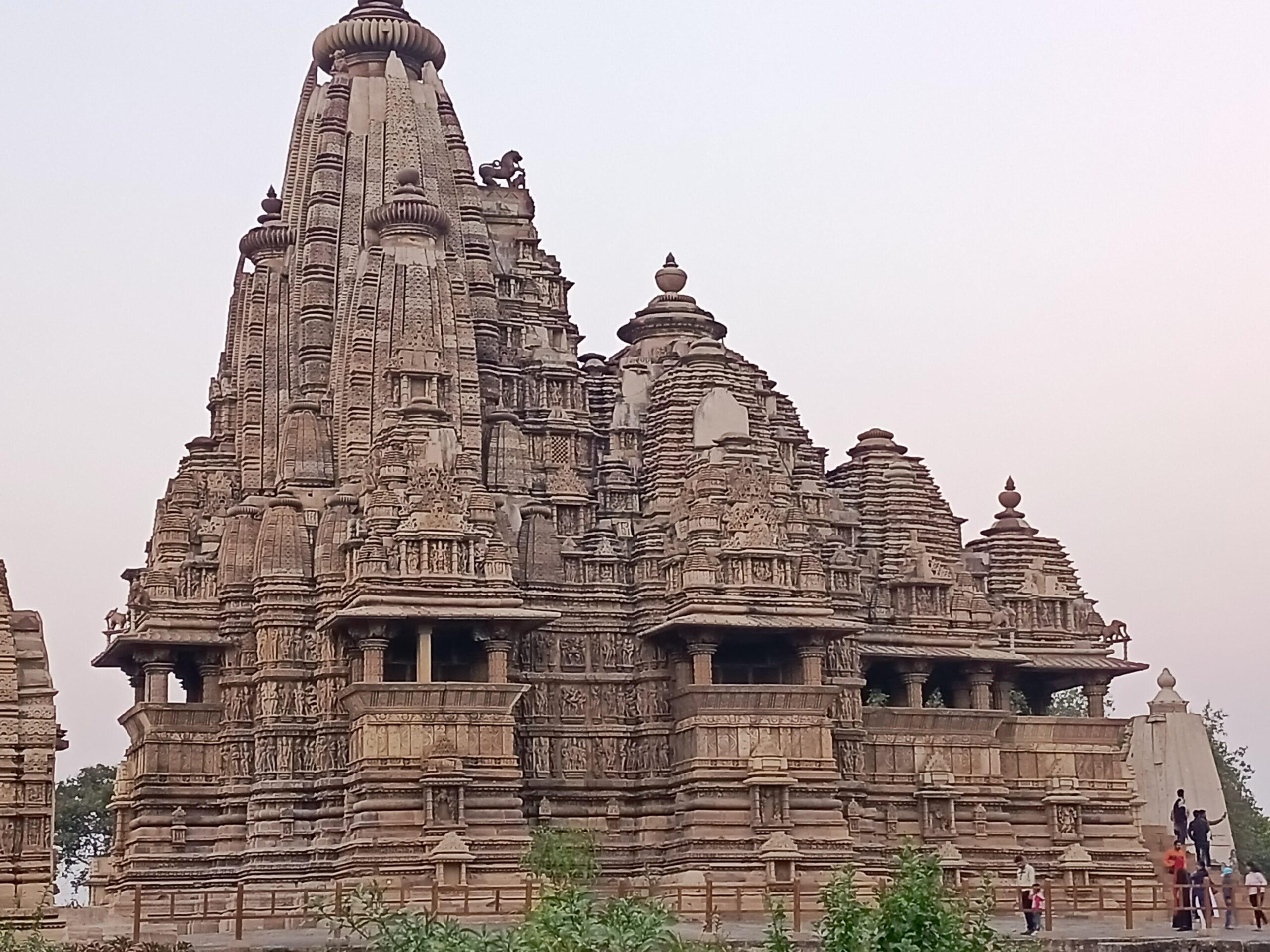
12. Fatehpur Sikri, Uttar Pradesh (1986): Located in Agra District of Uttar Pradesh state, it was built by Mughal emperor Akbar between 1571 and 1573 CE. Known as the “city of victory”, it was made capital of Mughals by Akbar but for only 10 years.
13. Group of Monuments at Hampi, Karnataka (1986): Located at Hampi in Karnataka state, what remains now is ruins of monuments at Hampi which was the capital of Vijayanagara empire. Lot of temples and palaces can be seen but were ruined by Muslim rulers in the year 1565 CE.
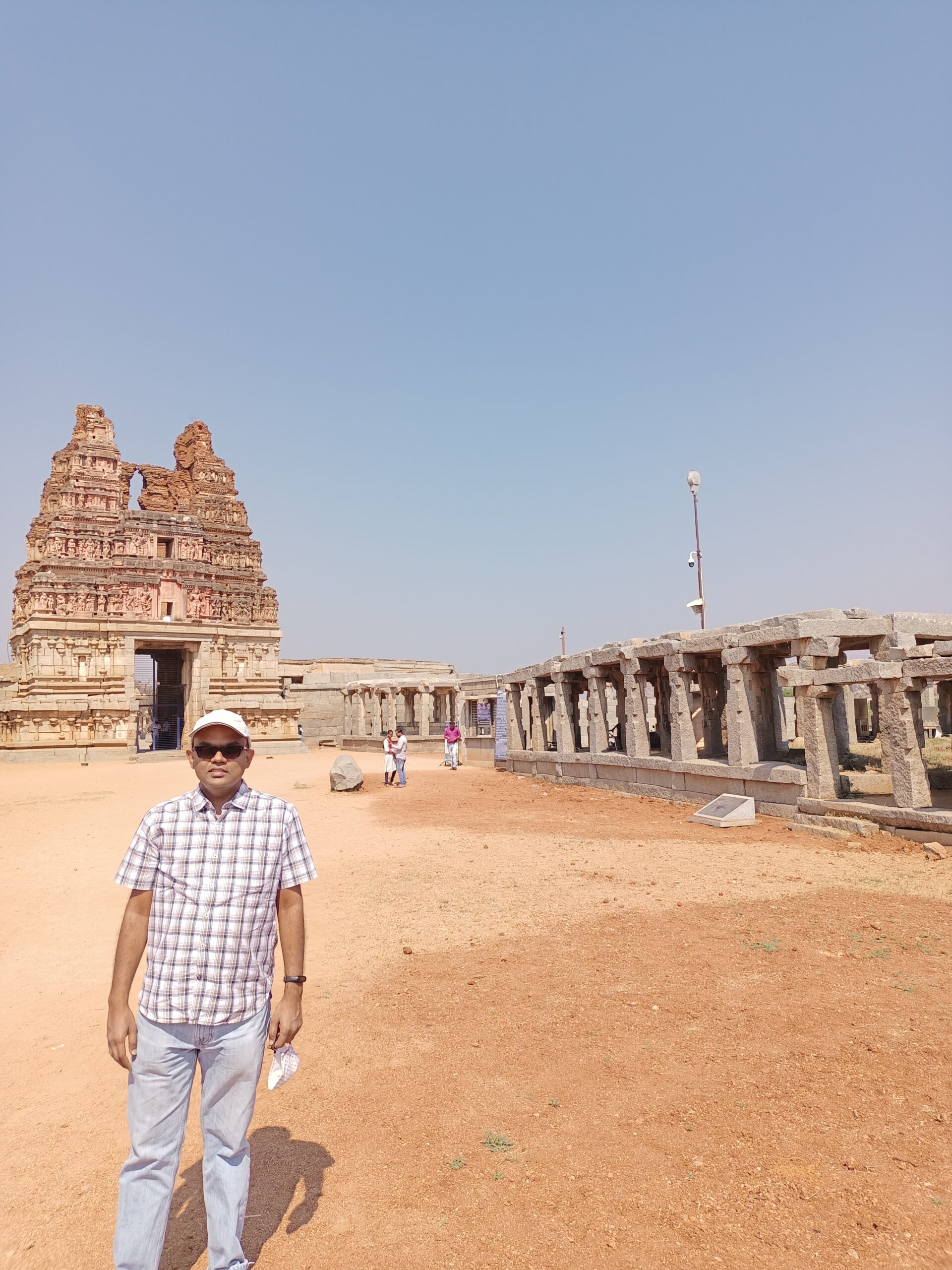
14. Group of Monuments at Pattadakal, Karnataka (1987): Located in Pattadakal in Karnataka state, they were built by Chalukya kings in the 7th and 8th centuries CE. It consists of a series of nine Hindu temples and a Jain sanctuary.
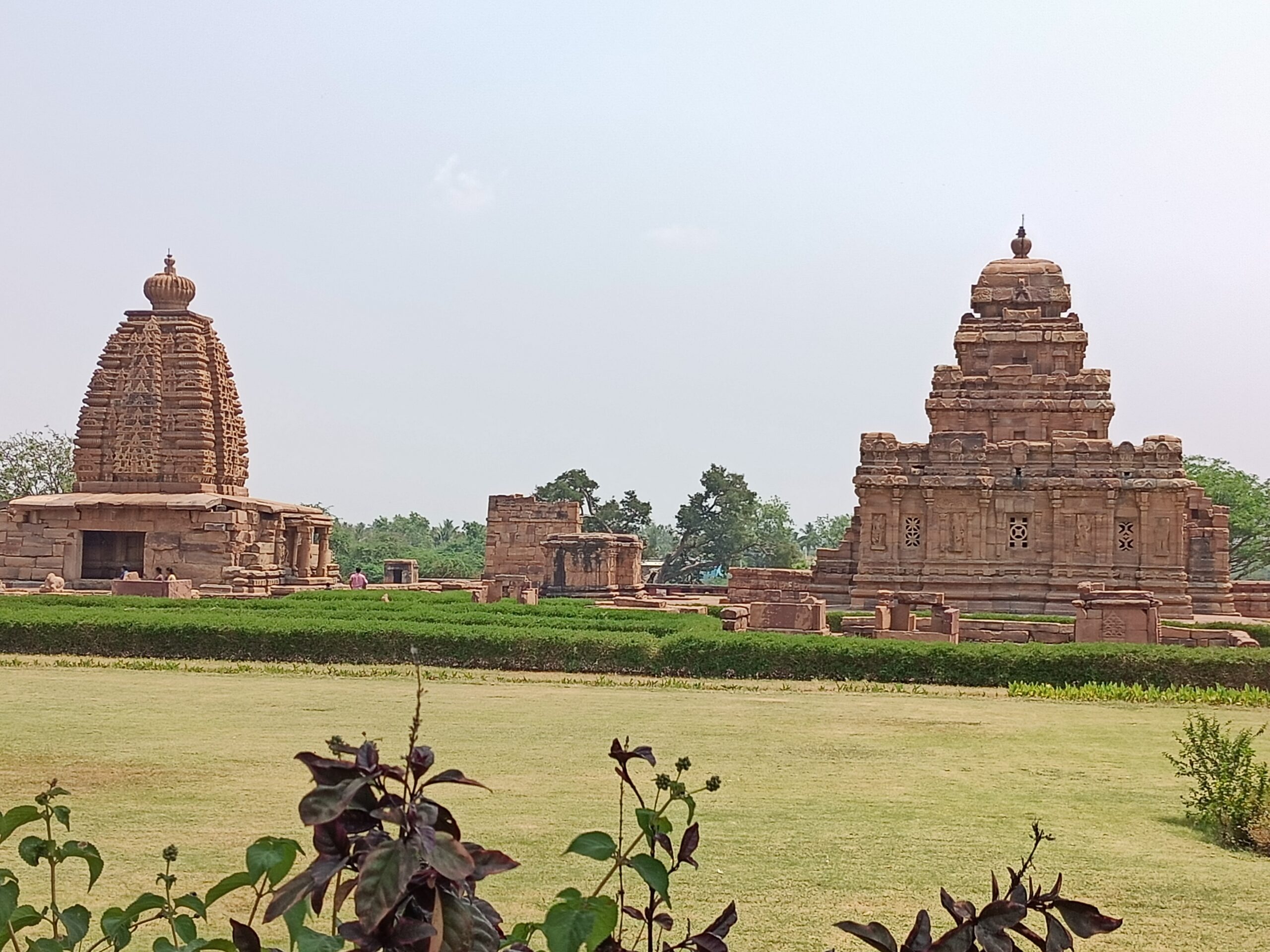
15. Elephanta Caves, Maharashtra(1987): Located on an island of Arabian sea near Mumbai, these are rock cut caves built in the 5th and 6th centuries. Cave 1 is the biggest of them all and has the huge 7 meter idol of 3 headed Sadashiva.
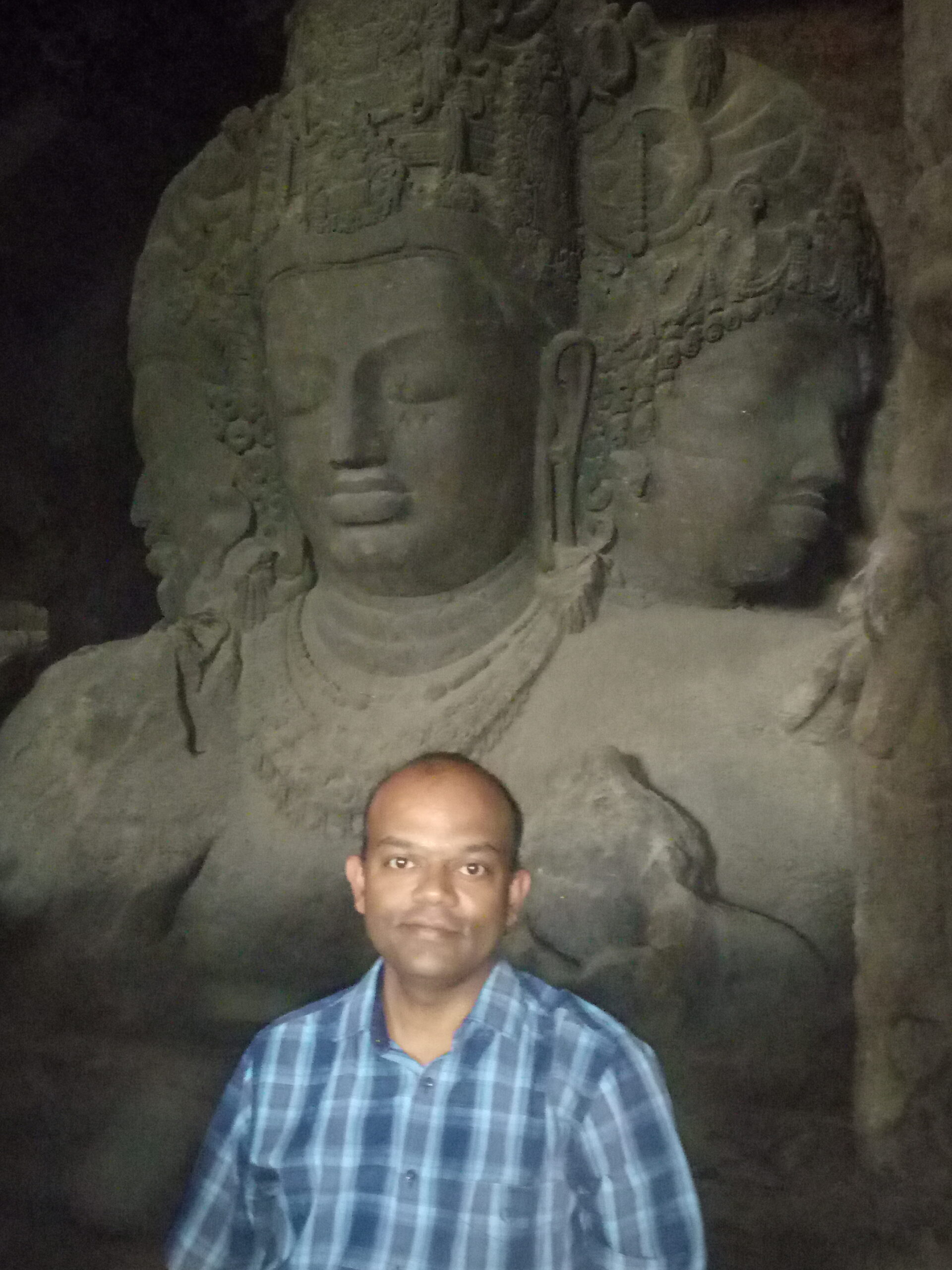
16. Sundarbans National Park, West Bengal (1987): Located in the state of West Bengal, Sundarbans contain the world’s largest mangrove forests and one of the most biologically varied natural ecosystems. Located in between the Ganges and Brahmaputra Rivers and spread across India and Bangladesh.
17. Great Living Chola Temples, Tamil Nadu (1987, 2004) : Located in Thanjavur of Tamil State, The Great Living Chola Temples were built by Chola kings in the 11th and 12th centuries AD. There are 3 main temples: Brihadeesvara Temples at Thanjavur and Gangaikondacholisvaram and the Airavatesvara Temple at Darasuram.
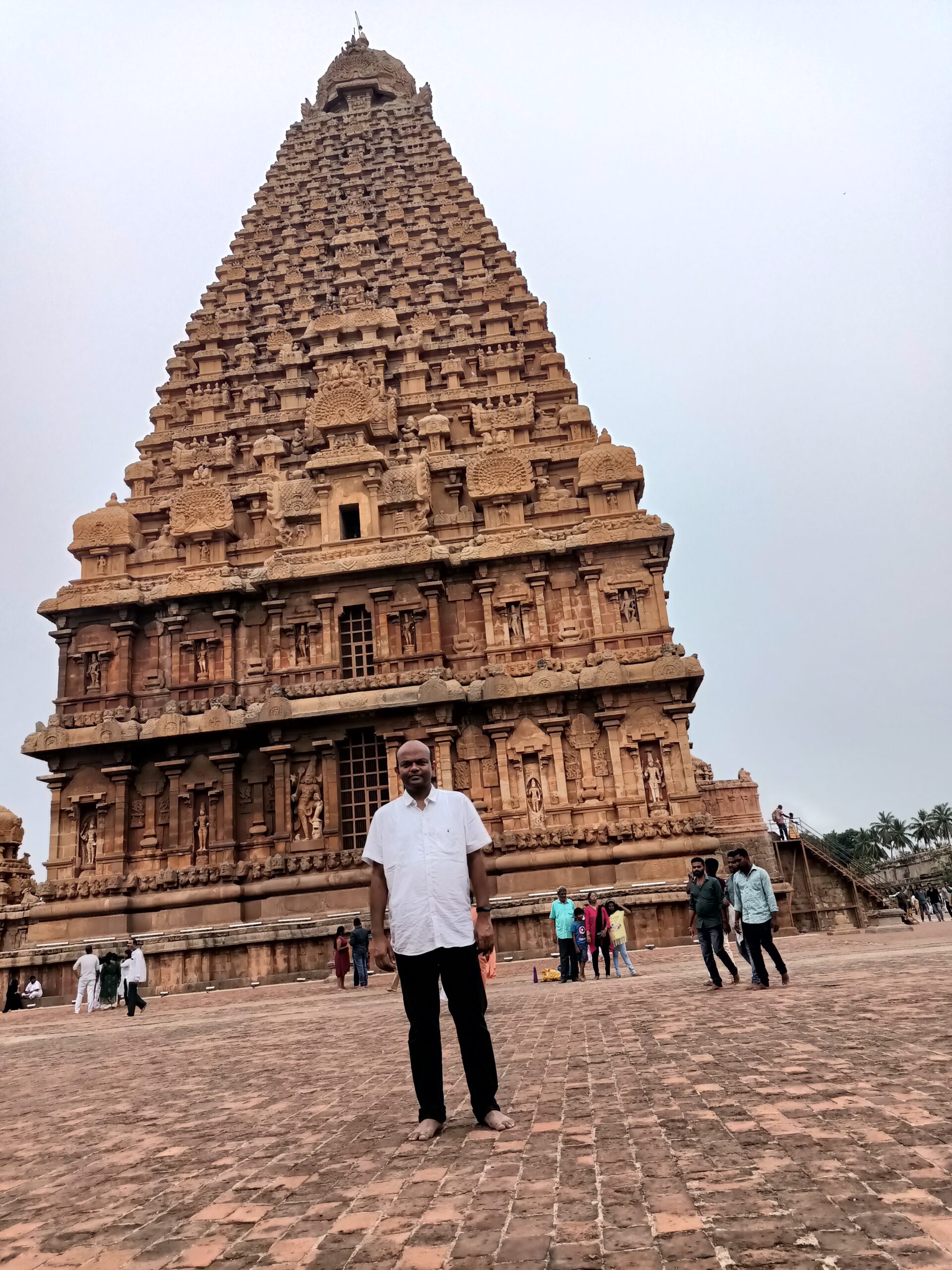
18. Nanda Devi and Valley of Flowers National Parks (1988, 2005): Located in the state of Uttarakhand Valley of Flowers National Park is renowned for alpine flowers and outstanding natural beauty. Also mountain wilderness of Nanda Devi National Park.
19. Buddhist Monuments at Sanchi, Madhya Pradesh (1989): Located near Bhopal in the state of Madhya Pradesh, Buddhist monuments at Sanchi were built in 3rd to 1st centuries BCE and one of the oldest in India. It has the famous Ashoka Pillar and Sanchi Stupa among others.
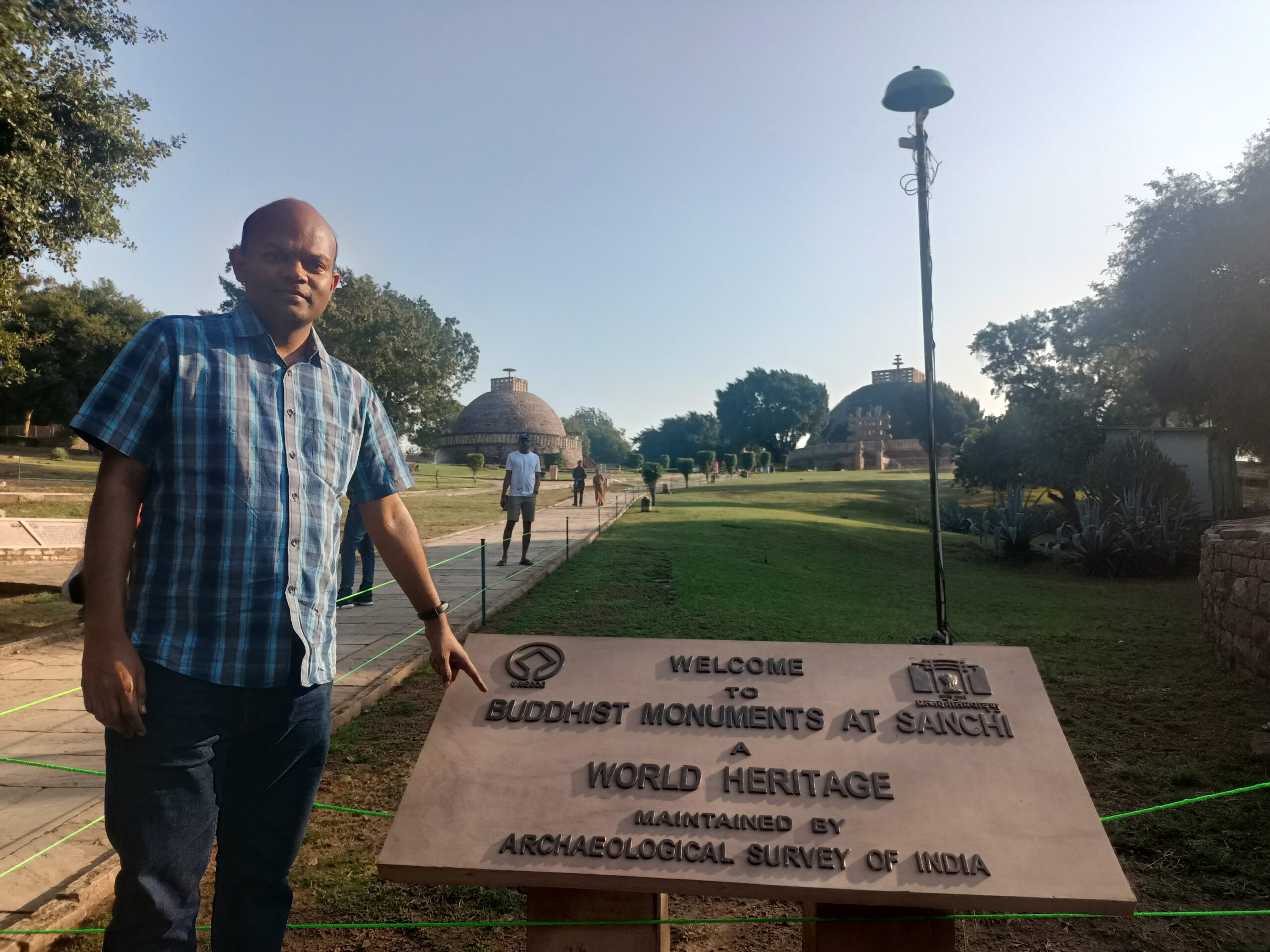
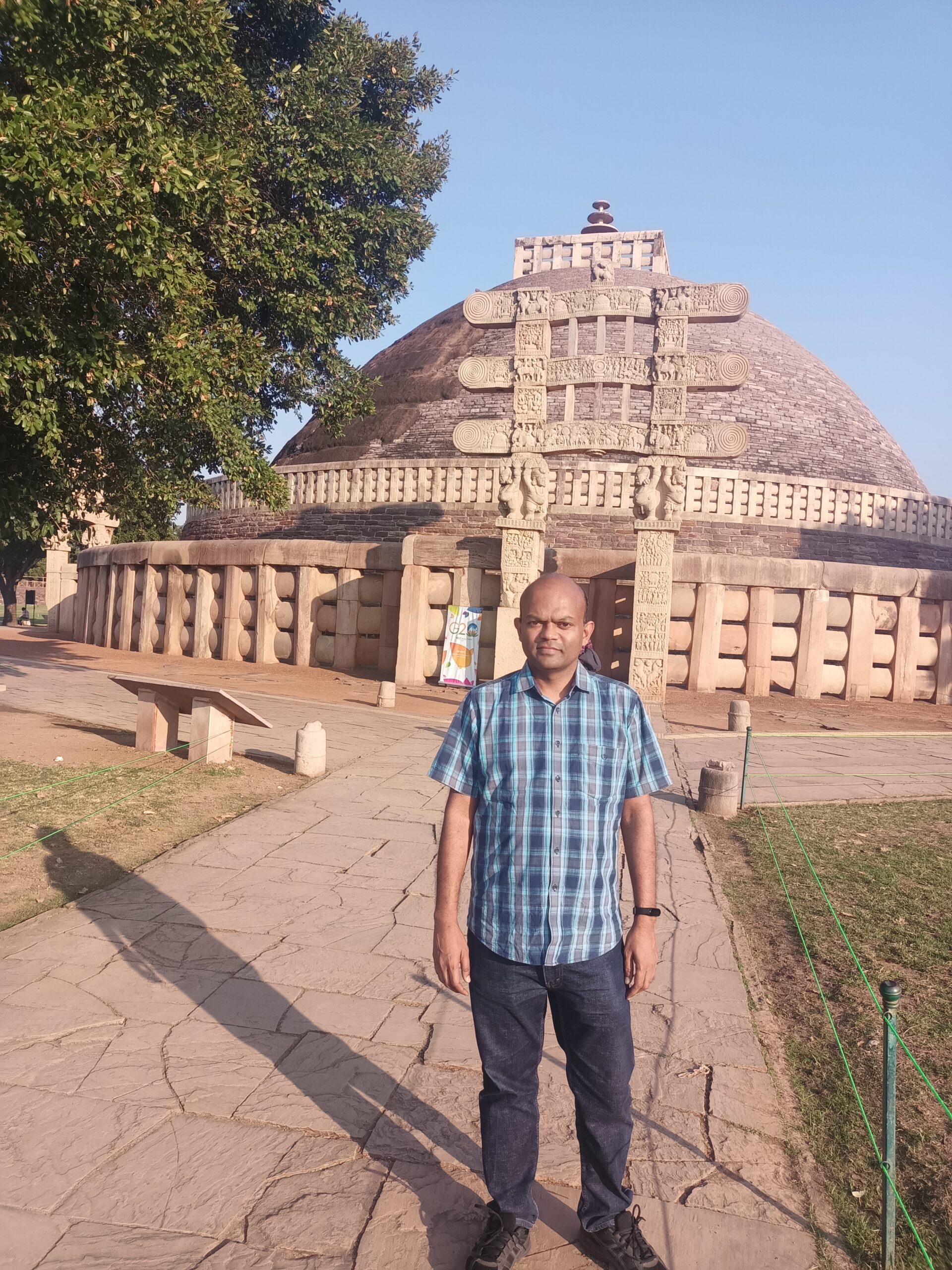
20. Humayun’s Tomb, Delhi (1993): Located in Delhi, this tomb was built in 1565 CE by Humayun’s wife, Hamida Banu Begam 9 years after his death and there are around 100 graves of Mughal rulers located inside the walled enclosure. It was the earliest example of Persian architecture in India.
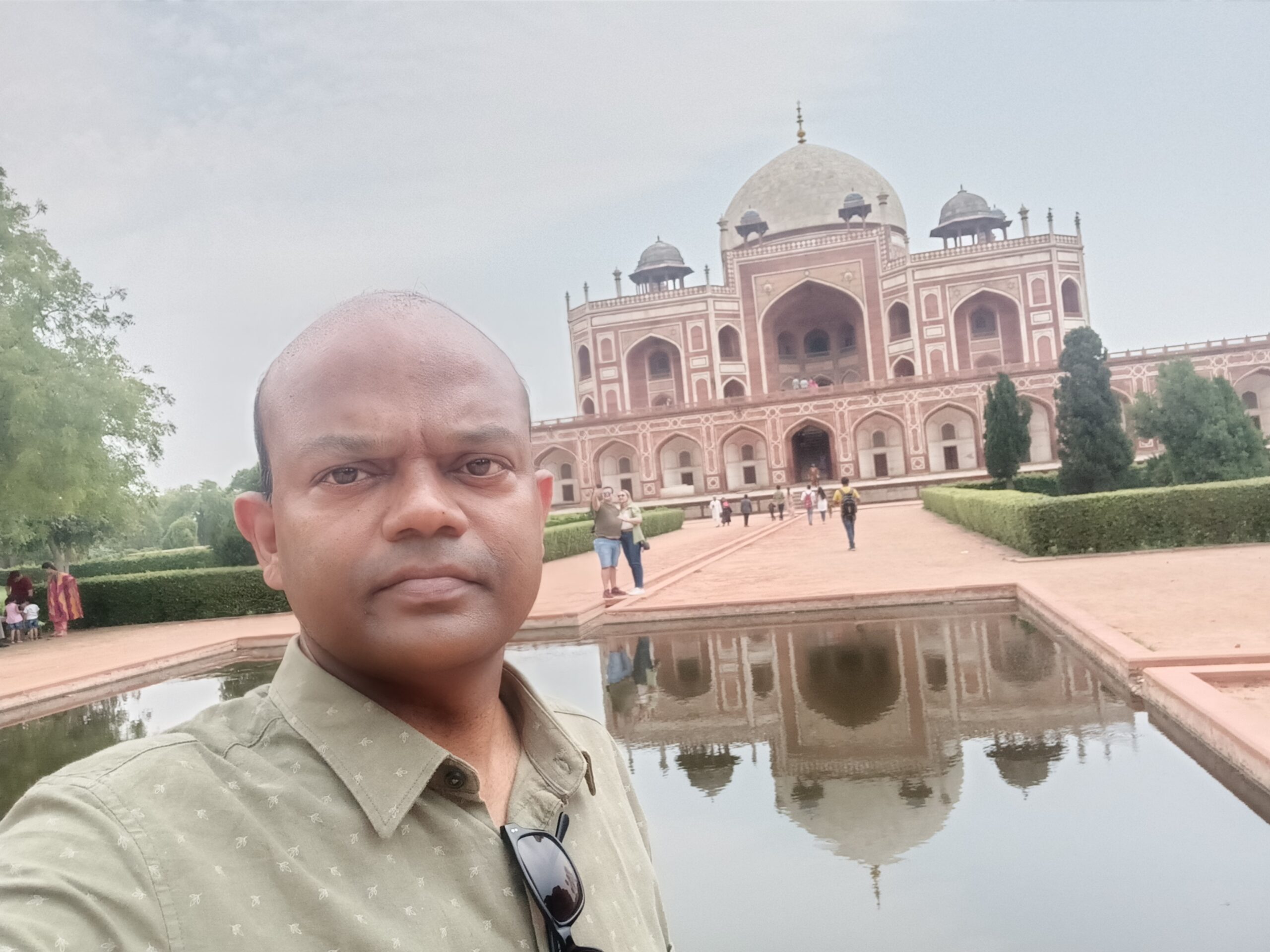
21. Qutb Minar and its Monuments, Delhi (1993) : Located in South Delhi, Qutb Minar was built in phases by Qutbuddin Aibak and his successor Iltutmish and completed in the year 1200 CE. It has a diameter of 14.32 m at the base and 2.75 m on the top with a height of 72.5 m. The first storey was constructed by Qutbuddin Aibak and the rest 3 by Iltutmish.
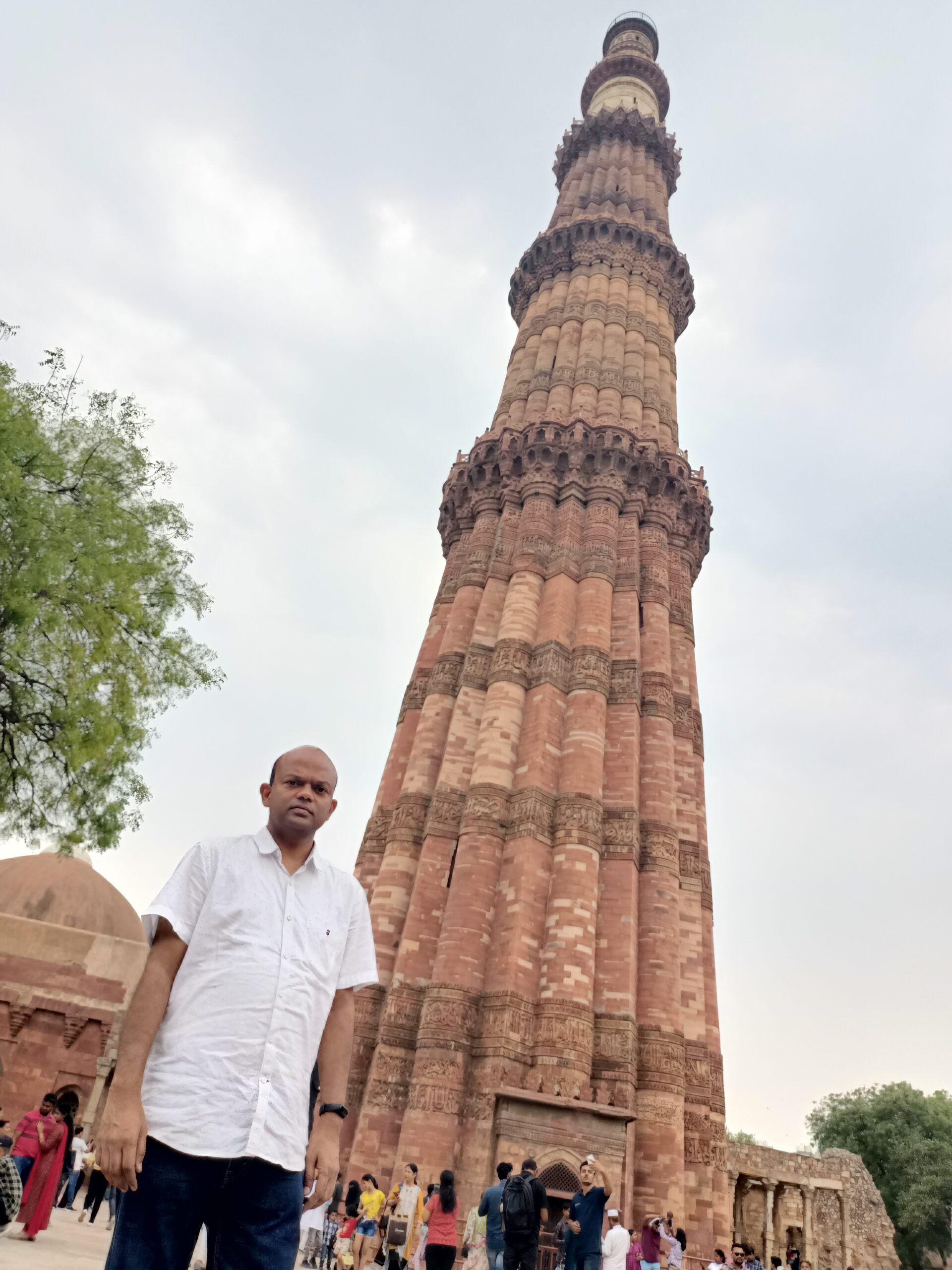
22. Mountain Railways of India, West Bengal, Tamil Nadu and Himachal Pradesh (1999, 2005, 2008): This includes three railways, Darjeeling Himalayan Railway in the state of West Bengal which is 88.48 kms long, Nilgiri Mountain Railway in Tamil Nadu State which is 45.88 kms long and Kalka Shimla Railway in the state of Himachal Pradesh which is 96.6 kms long.
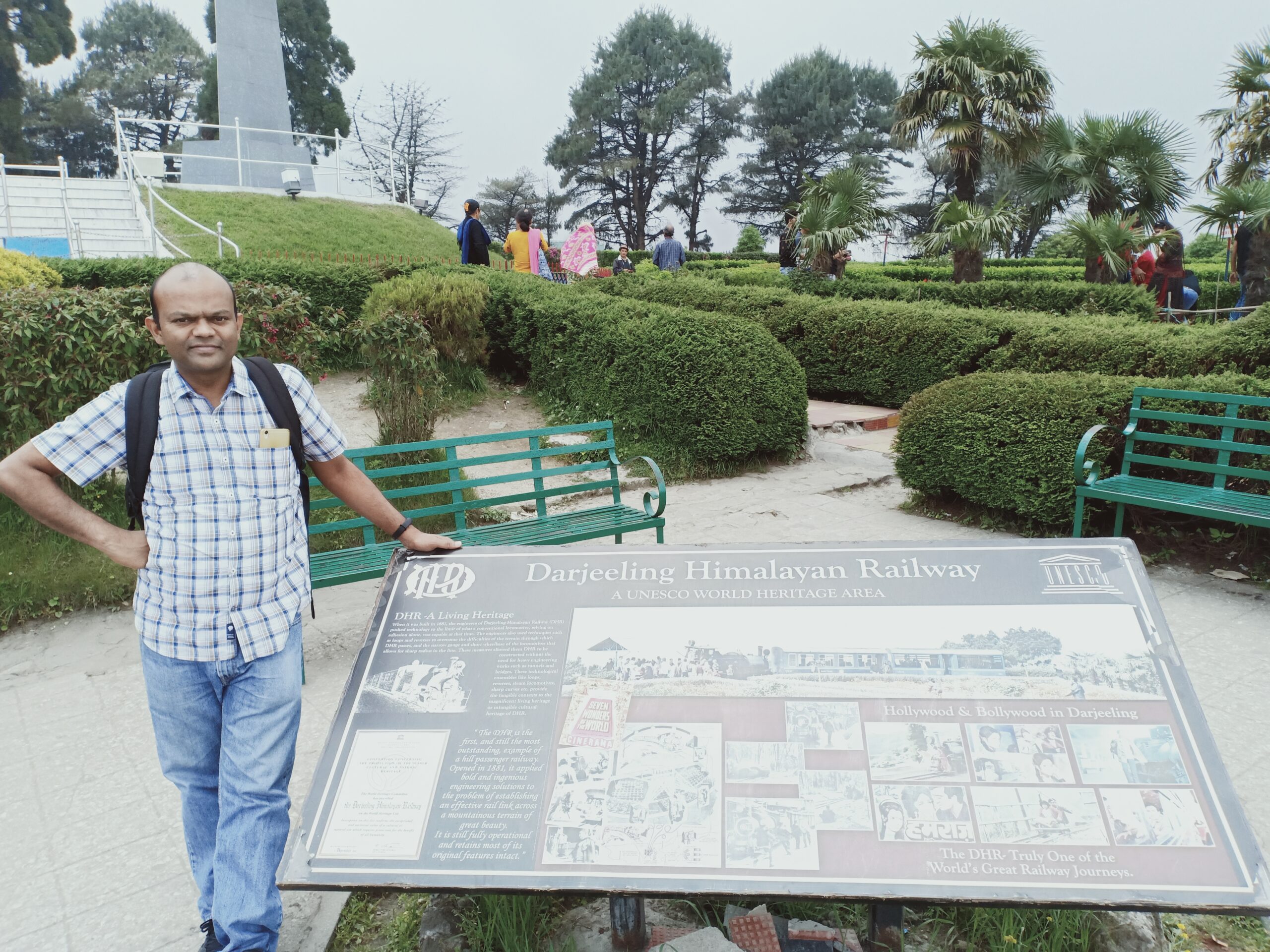
23. Mahabodhi Temple Complex at Bodh Gaya, Bihar (2002) : Located in Gaya district of Bihar state, Mahabodhi Temple Complex is the place where Lord Buddha attained Enlightenment. The first temple was built by Emperor Ashoka in the 3rd century BCE and the present temple between the 5th or 6th centuries CE.
24. Rock Shelters of Bhimbetka, Madhya Pradesh (2003): Located near Bhopal of Madhya Pradesh state, Rock Shelters of Bhimbetka are five clusters of natural rock shelters and have paintings that are dated to Mesolithic age.
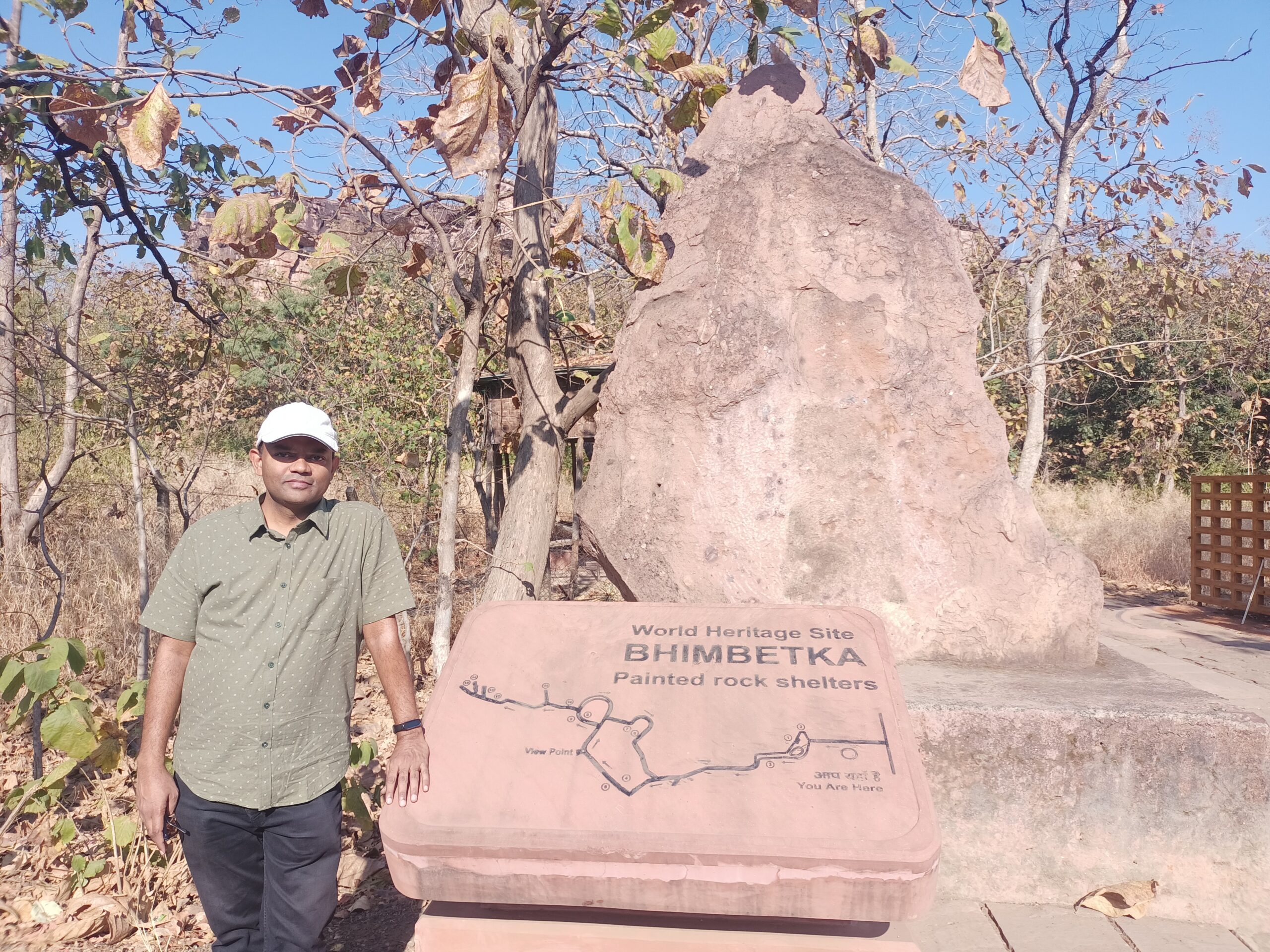
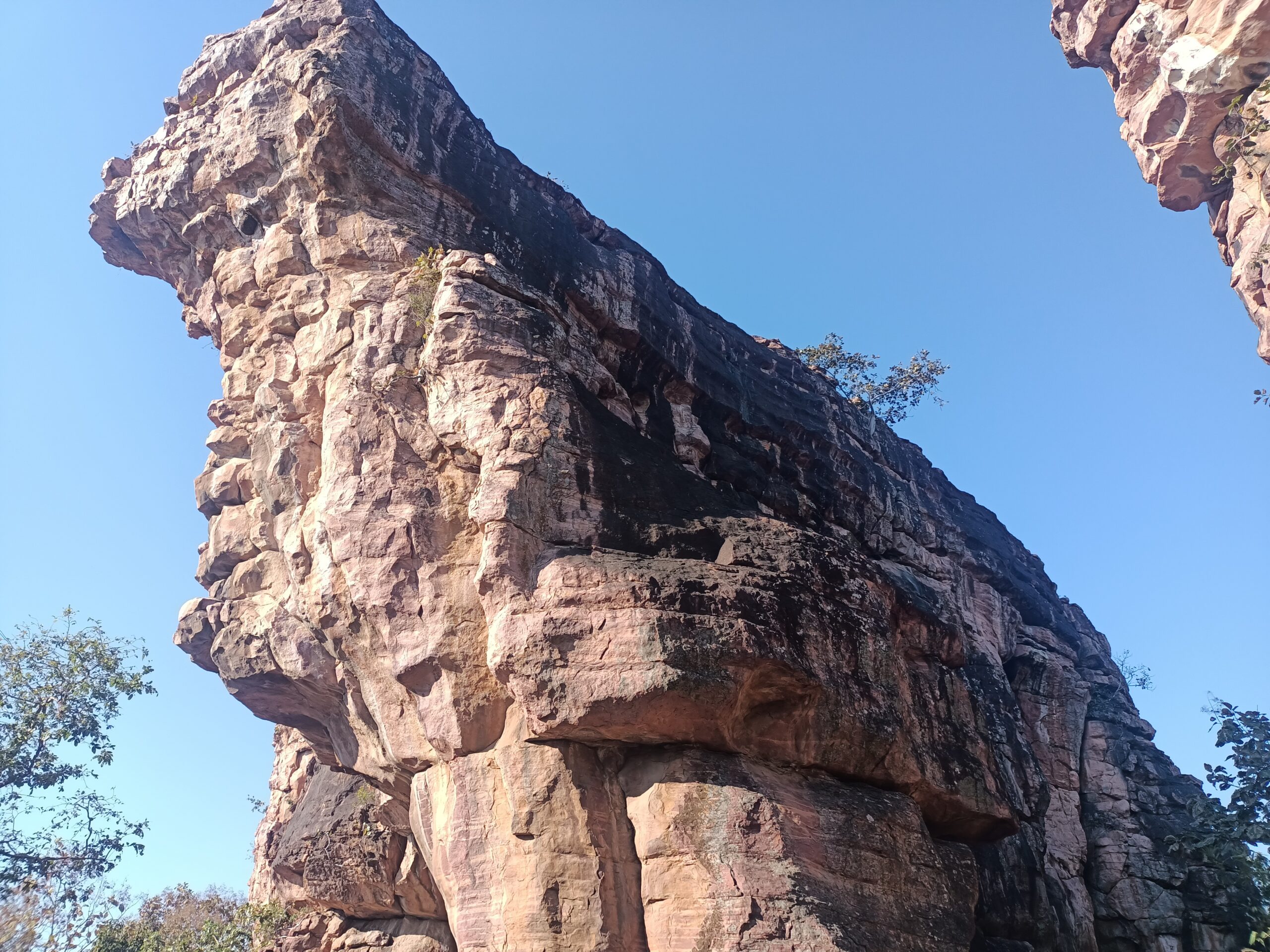
25. Champaner-Pavagadh Archaeological Park, Gujarat (2004): Located in the Panchmahal District of Gujarat State, it has archaeological, historical and living cultural heritage properties. Pavagadh Hill is volcanic. It has the remains of fortifications, palaces, religious buildings and water-retaining installations.
26. Chhatrapati Shivaji Terminus (formerly Victoria Terminus), Mumbai, Maharashtra(2004): Located in the heart of Mumbai city, it is the Headquarters of Central railway and huge building.and was built in the late 19th century by the British in Gothic style with a combination of British, Italian and Indian architecture. Millions of commuters use this railway station every day.
27. Red Fort Complex, Delhi (2007): Located in Delhi, Red Fort, popularly known as Lal Quila, was built by Mughal emperor Shah Jahan in the year 1639 and it served as the primary residence for Mughal Emperors for about 200 years until 1856. It houses Drum House(Naubat Khana), the Hall of Public Audiences(Diwan i Aam), the white marble Hall of Private Audiences(Diwan i Khaas), Khas Mahal, Rang Mahal, etc. This is the place where India’s Prime Minister hoists the Indian Flag on Independence Day (15th August) and delivers his speech to the nation.
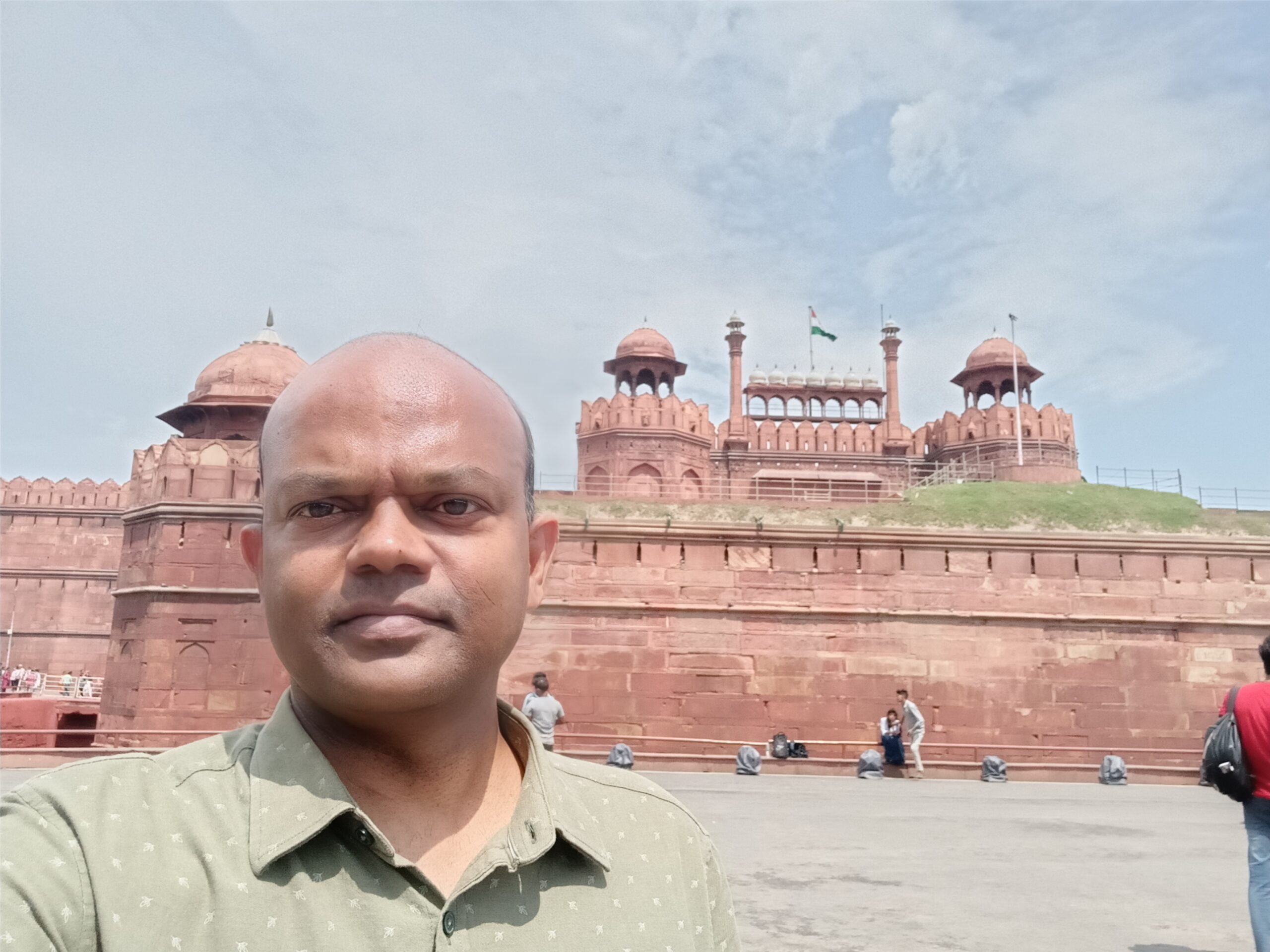
28. The Jantar Mantar, Jaipur, Rajasthan (2010): Located in Jaipur city of Rajasthan, Jantar Mantar is an astronomical observation site built in the early 18th century. It is designed for the observation of astronomical positions with the naked eye.
29. Western Ghats, Gujarat, Maharashtra, Goa, Karnataka, Kerala, Tamil Nadu(2012): Spread across the states of Gujarat, Maharashtra, Goa, Karnataka, Kerala and Tamil Nadu, Western Ghats are older than the Himalaya Mountains. It has a high level of Biological diversity with various variety of flora and fauna. Western Ghats also influence the Indian monsoon weather.
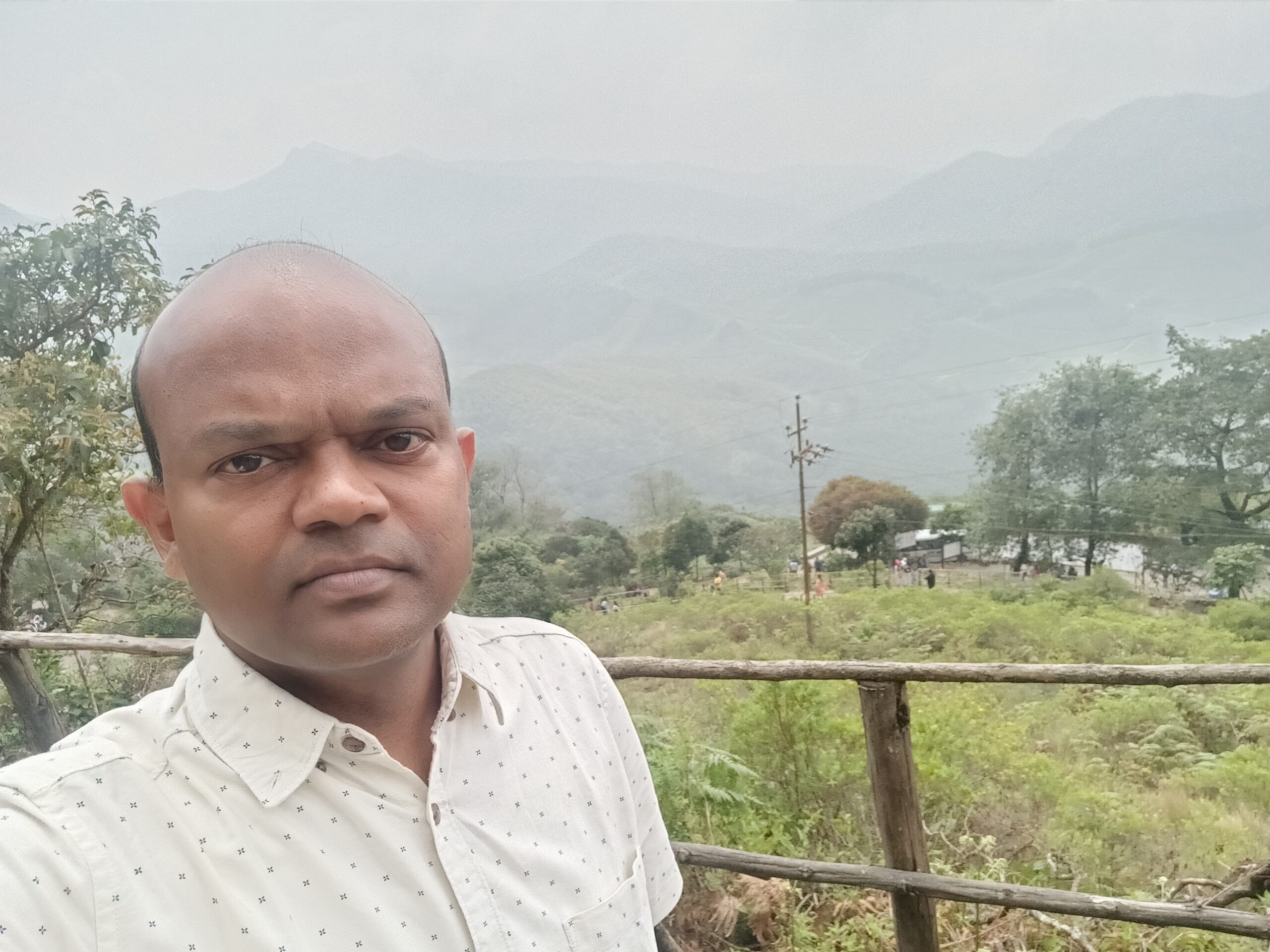
30. Hill Forts of Rajasthan (2013): Spread across the state of Rajasthan, the Hill forts, include six majestic forts in Chittorgarh, Kumbhalgarh, Sawai Madhopur, Jhalawar, Jaipur and Jaisalmer. These forts showcase the power of Rajput princely states between 8th and 18th centuries also have extensive water harvesting mechanisms.
31. Rani-ki-Vav (the Queen’s Stepwell) at Patan, Gujarat (2014): Located in Patan in the state of Gujarat, Rani-ki-Vav, the stepwell on the banks of Saraswati River was initially built as a memorial in the 11th century CE. It was constructed as a religious as well as functional structure and designed as an inverted temple highlighting the sanctity of water.
32. Great Himalayan National Park Conservation Area (2014): Located in the state of Himachal Pradesh, towards the western end of the Himalayas it has catchment areas of water bodies.
33. Archaeological Site of Nalanda Mahavihara at Nalanda, Bihar (2016): Located in the state of Bihar, it is considered to be a great center for learning in ancient times between 5th and 13th centuries CE.
34. Kanchendzonga National Park (2016), Sikkim: Located in the state of Sikkim, it has the mountain Kanchendzonga, the third highest peak in the world and a variety of Flora and Fauna. This is the only site in India under the Mixed category while rest all fall under Cultural or Natural categories.
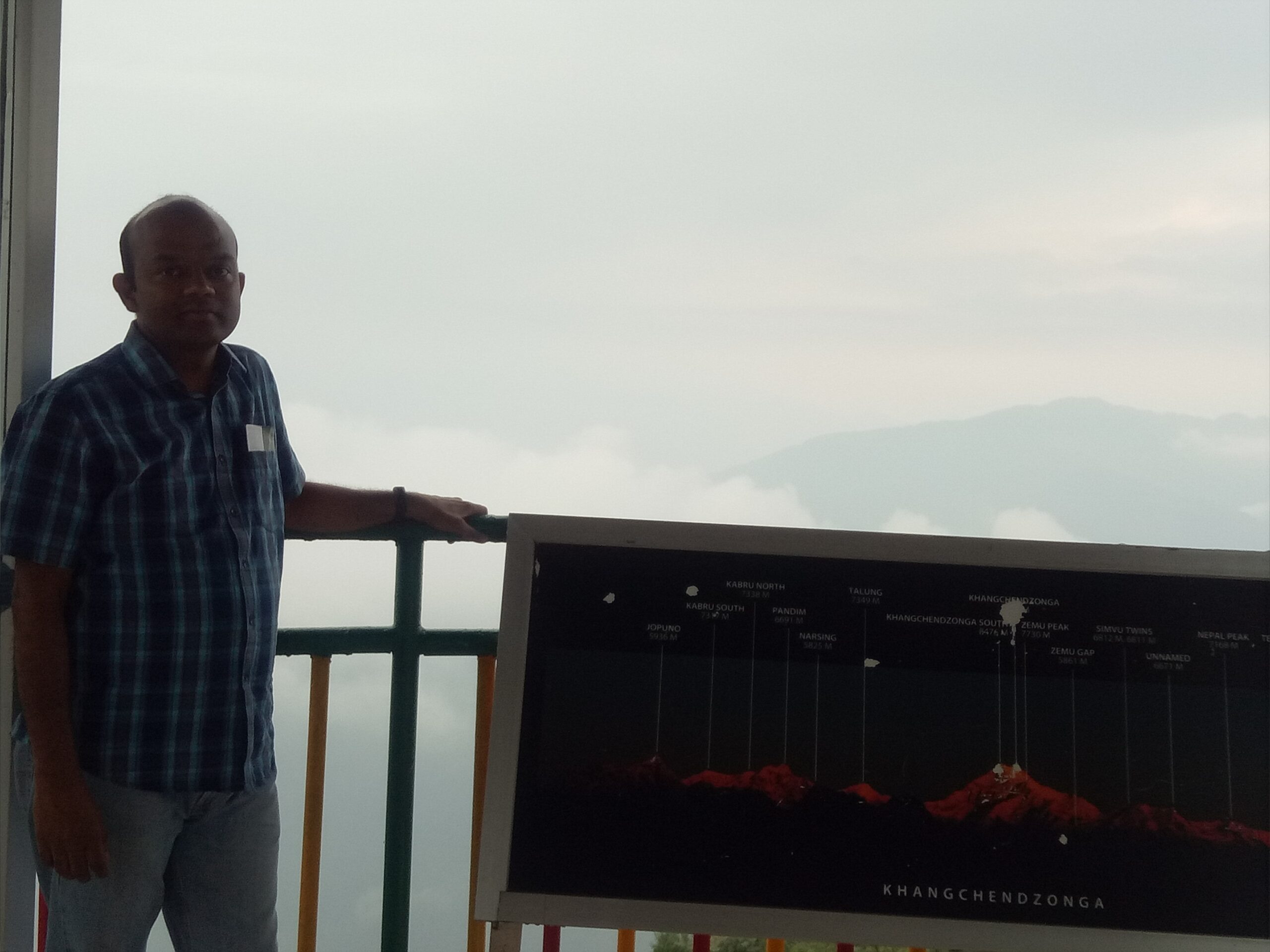
35. The Architectural Work of Le Corbusier, an Outstanding Contribution to the Modern Movement (2016), Chandigarh: Located in the city of Chandigarh, Capitol Complex tourist center is a government complex designed by the French architect Le Corbusier and demonstrates the monumental and cultural architecture.
36. Historic City of Ahmedabad, Gujarat (2017): Located in Gujarat state, the historic city of Ahmedabad of Old Ahmedabad on the banks of Sabarmati river, was founded by Ahmed Shah 1 in the year 1411 CE and was the capital of Gujarat state for almost 600 years.
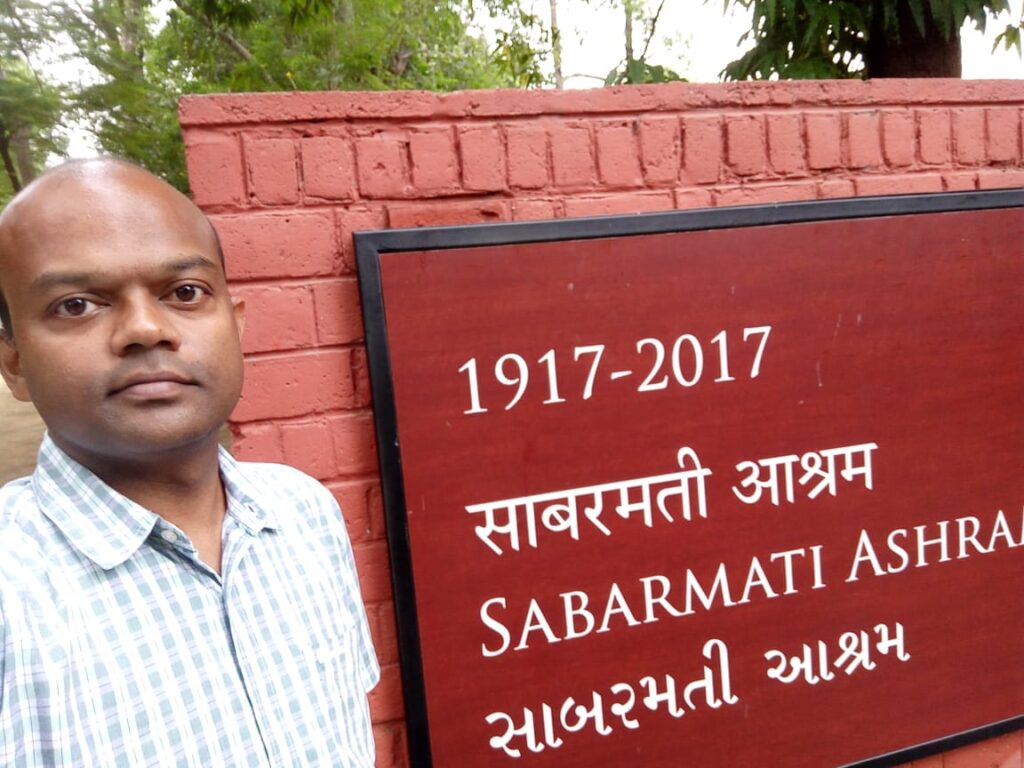
37. Victorian Gothic and Art Deco Ensembles of Mumbai, Maharashtra (2018): Spread across the city of Mumbai in Maharashtra state, these buildings were constructed in the 19th and 20th century.
38. Jaipur City, Rajasthan (2019): The capital city of Rajasthan state, it was founded by Sawai Jai Singh II in the year 1727 and is also called the pink city. It is very famous with tourists from all over the world.
39. Dholavira: a Harappan City, Gujarat (2021): Located in the state of Gujarat, this ancient city of Dholavira is considered to be part of the Harappan civilization between the 30th and 16th centuries BCE. It demonstrates the urban planning, water management systems, etc in those days.
40. Kakatiya Rudreshwara (Ramappa) Temple, Telangana (2021): Located near Warangal town of Telangana state, this temple dedicated to Lord Shiva was built by the Kakatiyas in 13th century CE. This temple is named after the architect who built it, Ramappa and floating bricks were used in construction. There is also a lake just next to the temple.
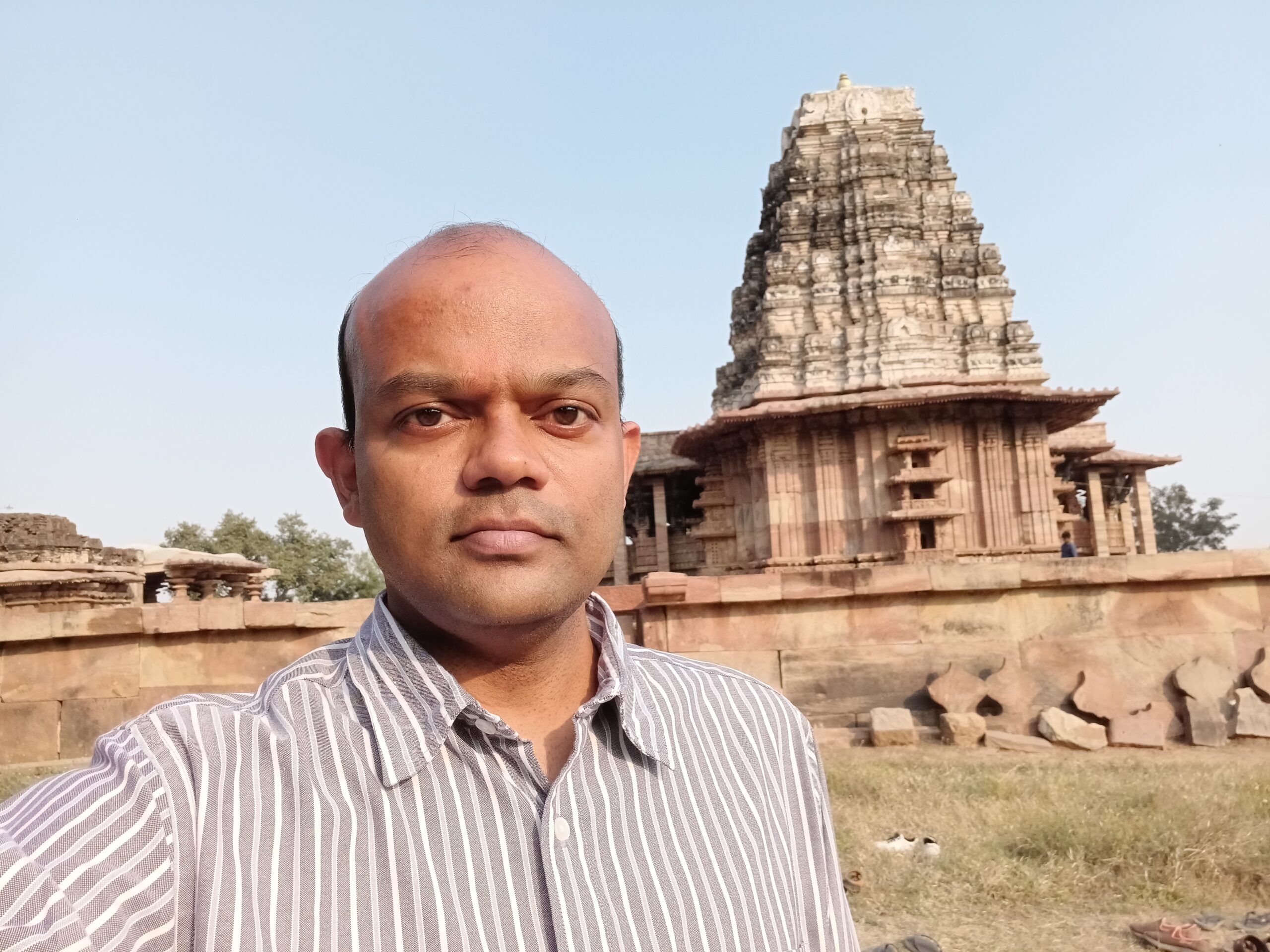
41. Sacred Ensembles of the Hoysalas, Karnataka (2023): Located in Belur, Halebidu and Somnathapurain the state of Karnataka, the Chennakesava temple, the Hoysaleswara temple and Kesava temple are known for their architectural marvel. They were built by the Hoysala rulers between the 12th and 13th centuries CE.
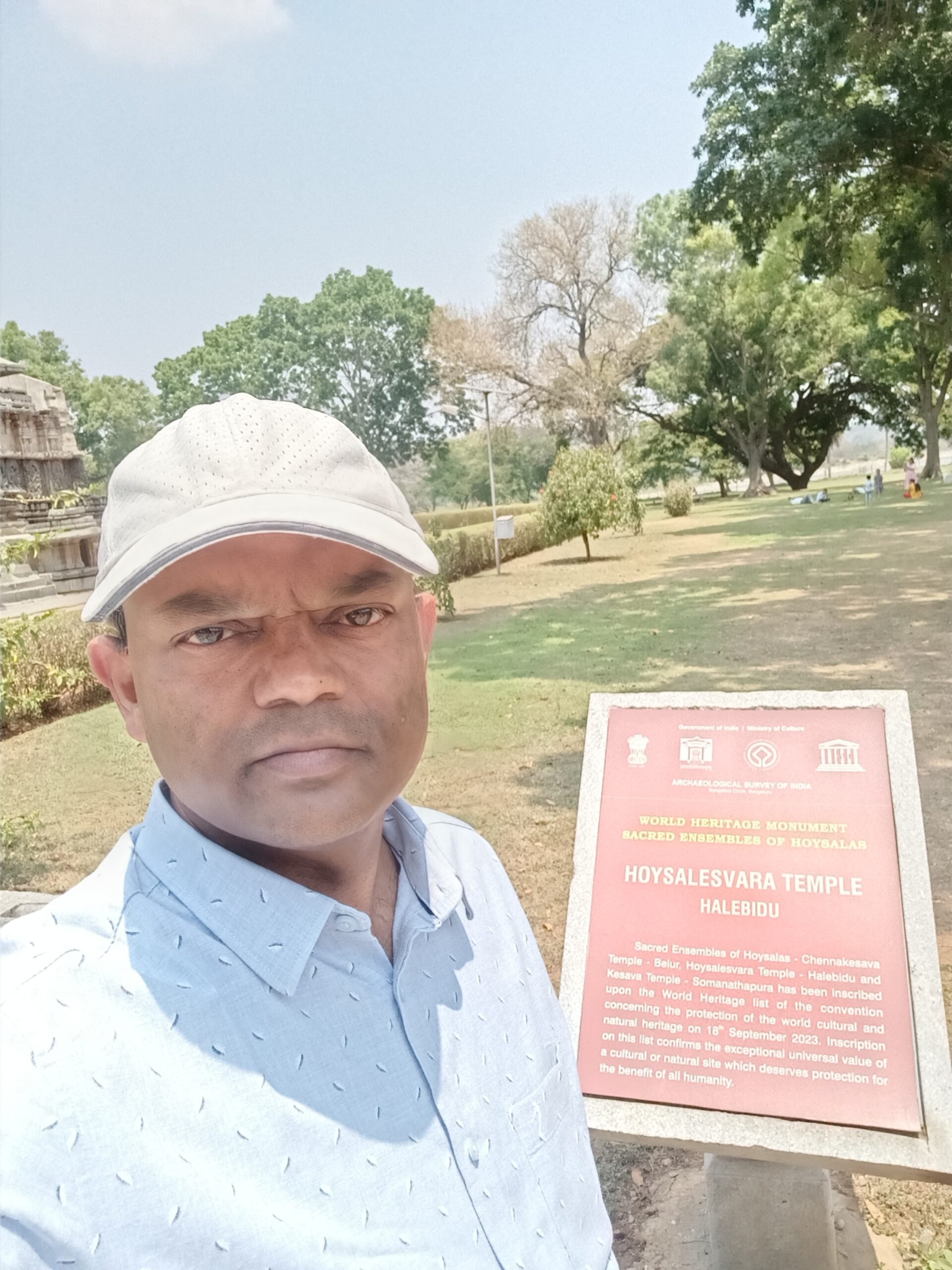
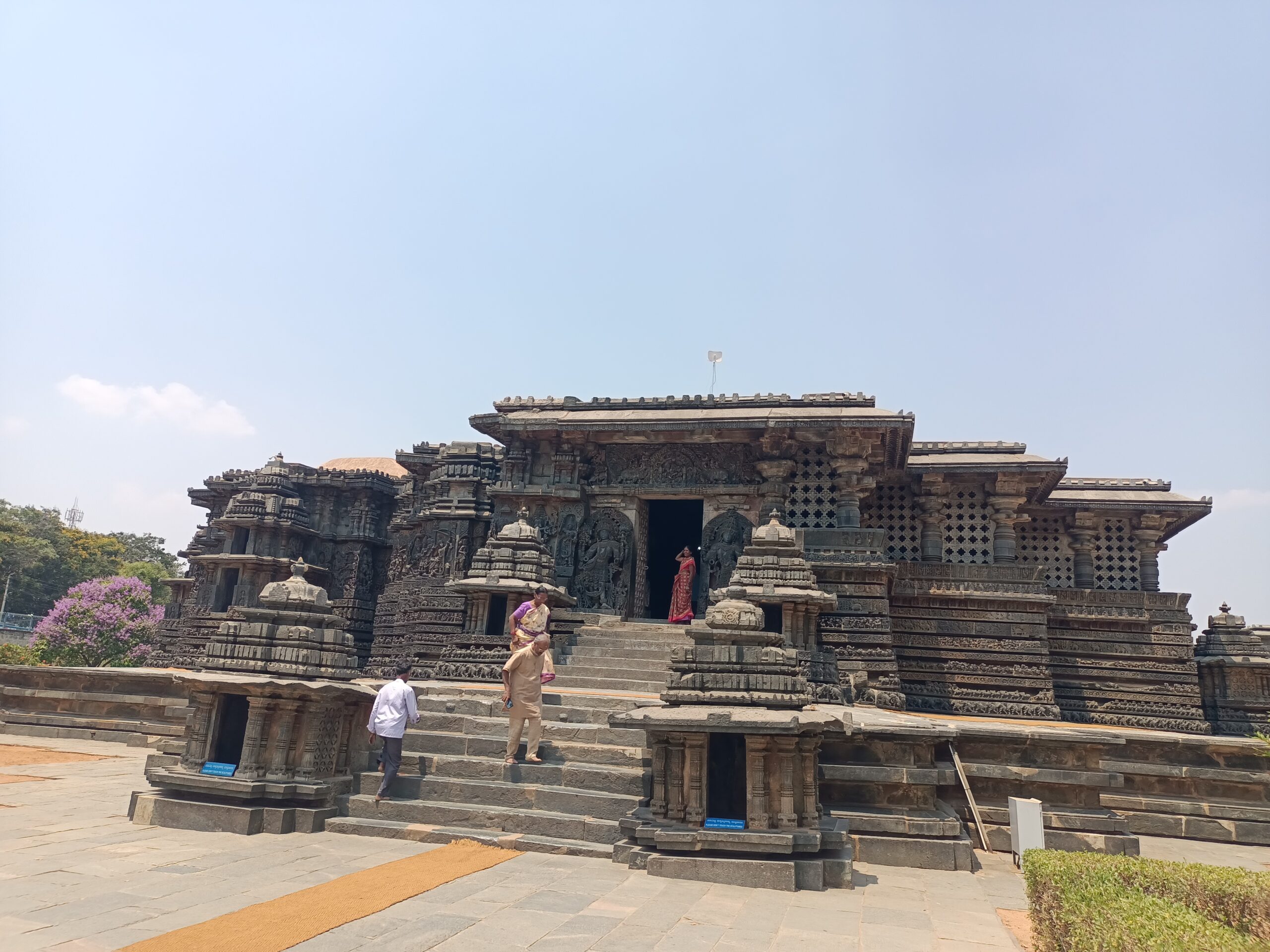
42. Santiniketan, West Bengal (2023): Located in the state of West Bengal, it was established by the famous poet Rabindranath Tagore to teach traditions.
43. Moidams – the Mound-Burial System of the Ahom Dynasty, Assam (2024): Located at Charaideo in the state of Assam, Moidams are 700 year old mound burial system from the Ahom Dynasty. They are similar to the pyramids of Egypt and house the burial mounds of the members of Ahom dynasty.
44. Maratha Military Landscapes of India (2025): Located in the states of Maharashtra and Tamil Nadu, the Maratha Military Landscapes of India highlights the military planning and fort architecture developed by the Maratha rulers between 17th and 19th centuries. The 12 listed forts are Salher, Shivneri, Lohgad, Khanderi, Raigad, Rajgad, Pratapgad, Suvarnadurg, Panhala, Vijaydurg and Sindhudurg in Maharashtra and Gingee fort in Tamil Nadu.
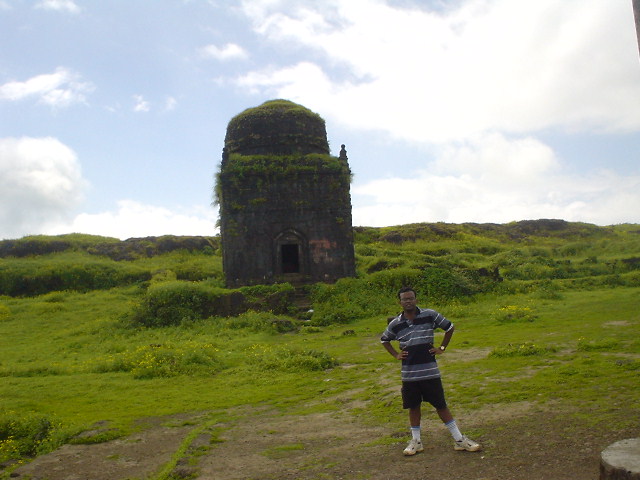
You can find information on other places to visit in India here.